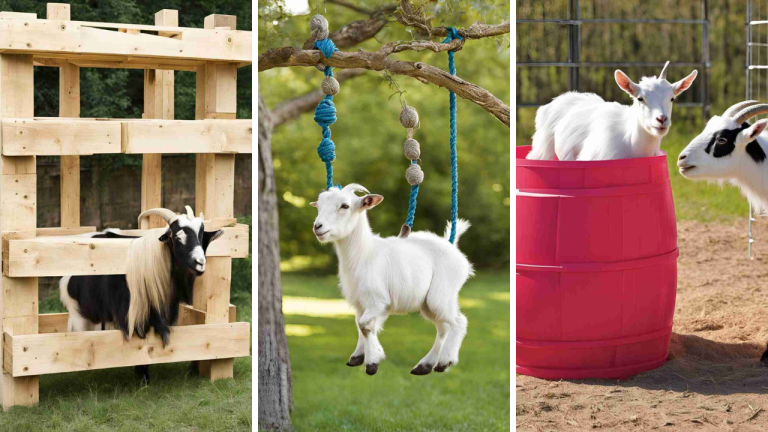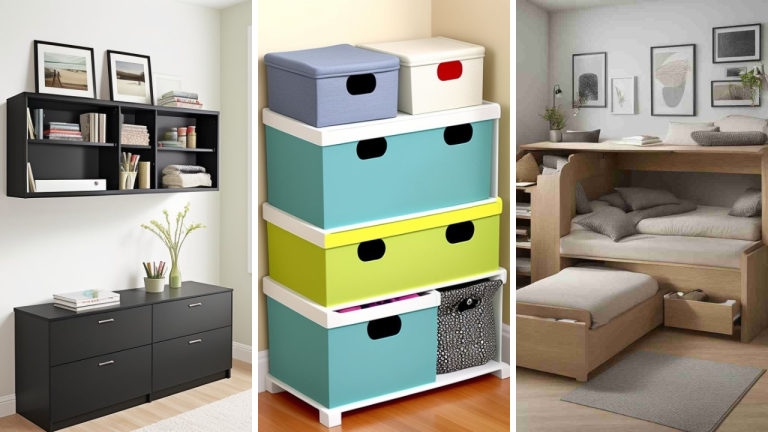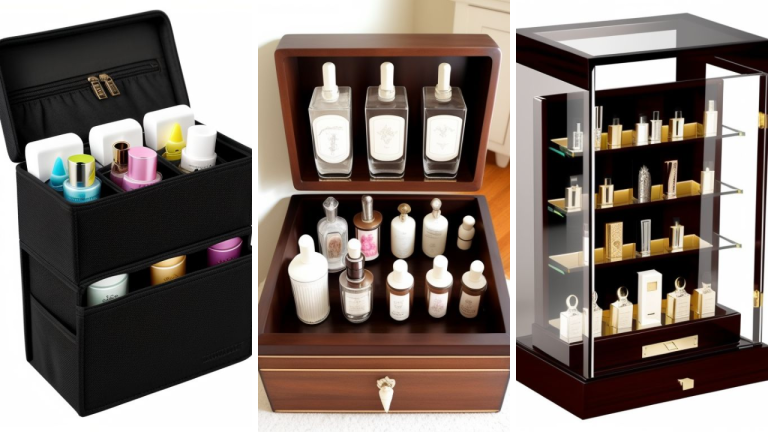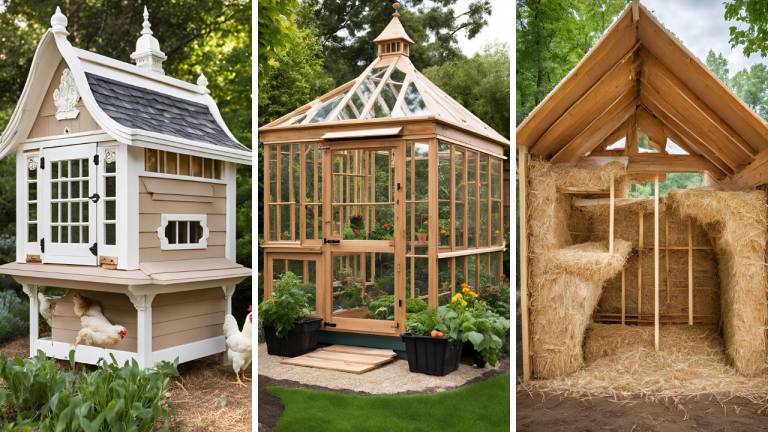Hydroponics is a method of growing plants without soil, using nutrient-rich water instead. This innovative gardening technique has been gaining popularity for its ability to grow fresh produce indoors or in small spaces.
With a growing interest in sustainable gardening practices, hydroponics offers a unique way for home gardeners to cultivate vegetables, herbs, and flowers. In this listicle, we’ll explore 21 creative DIY hydroponic systems that you can easily build at home.
Whether you’re a beginner or an experienced gardener, these systems will inspire you to start your own hydroponic garden and reap the benefits of fresh, homegrown produce year-round.
1. Vertical Hydroponics Garden: Maximize Your Space
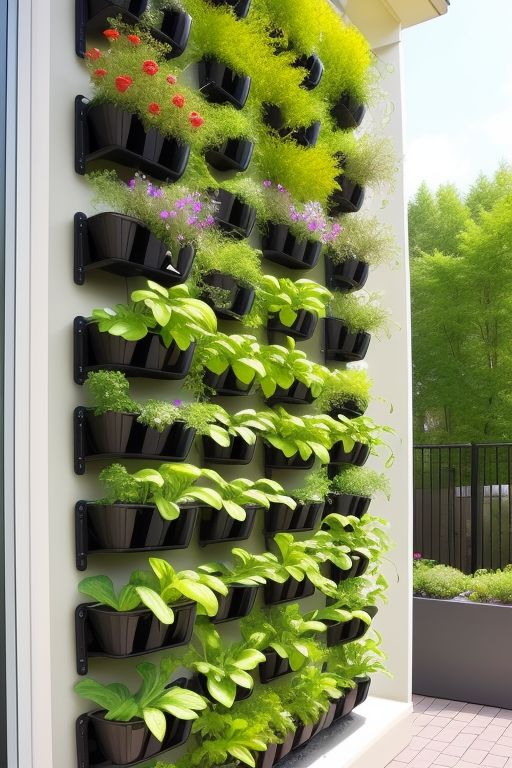
Vertical hydroponics systems are perfect for those with limited space. They allow you to grow plants upwards, making the most of your vertical space, especially if you’re working with small balconies, patios, or even indoors.
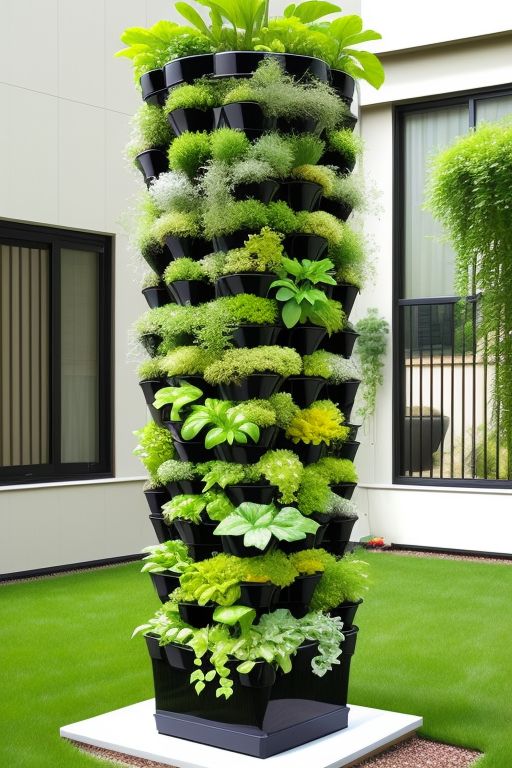
The system typically involves using PVC pipes or plastic containers arranged in a vertical structure. Nutrient solution is pumped to the top, and gravity pulls it down to water the plants. This setup is ideal for growing leafy greens, herbs, and strawberries.
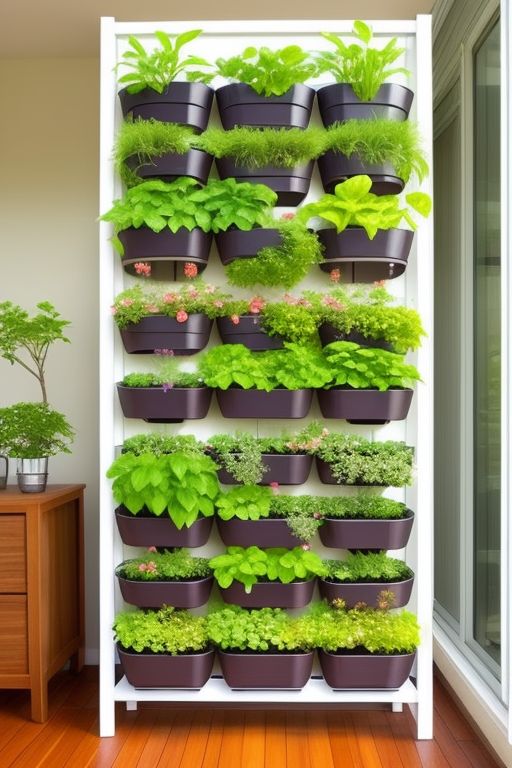
With proper lighting and nutrient management, you can grow a wide variety of plants in a small footprint. The vertical design also makes it easy to maintain, as the plants are arranged in an accessible manner, ensuring less bending and back strain.
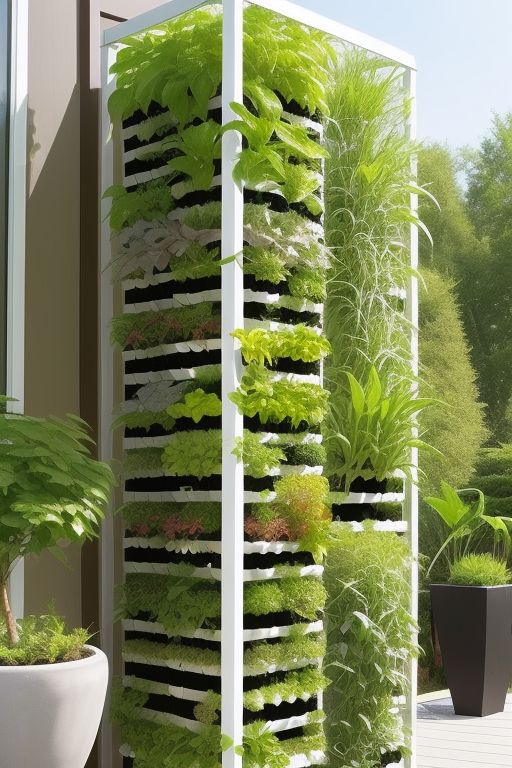
2. Kratky Method: Low Maintenance and Passive Gardening
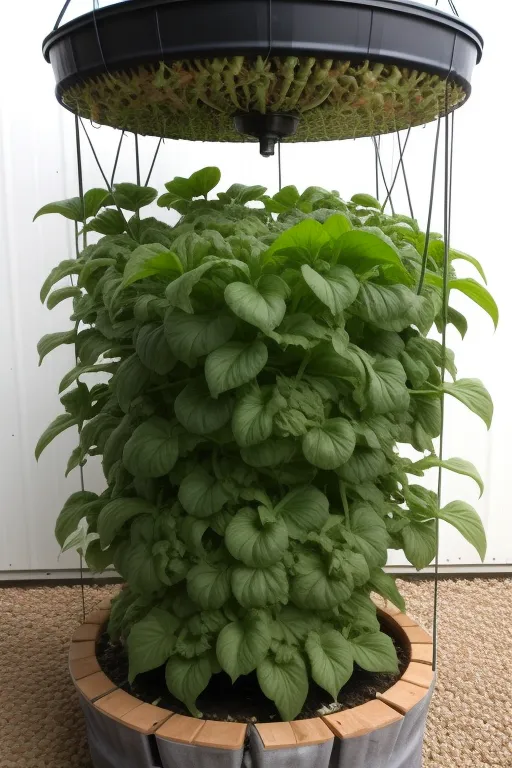
The Kratky Method is a passive hydroponic system that doesn’t require pumps, aerators, or any moving parts, making it incredibly simple and low-maintenance.
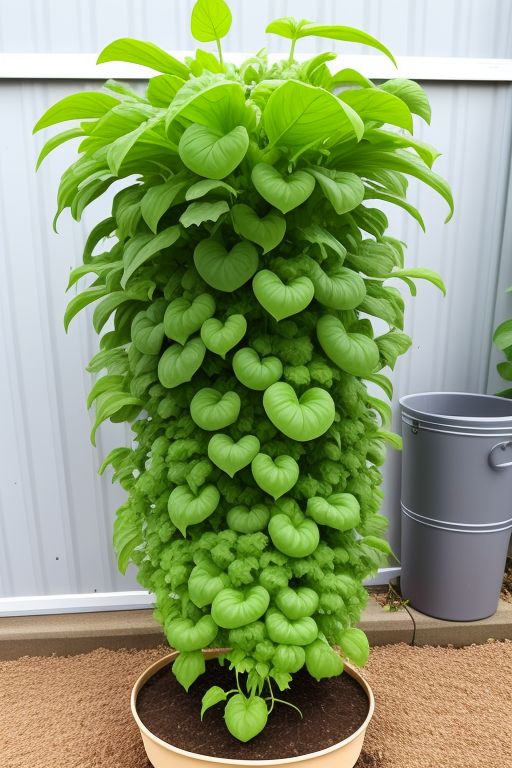
This system involves placing plants in containers filled with nutrient solution, allowing the water level to gradually decrease as the plants grow. As the water level drops, the plant roots are exposed to air, which encourages healthy growth.
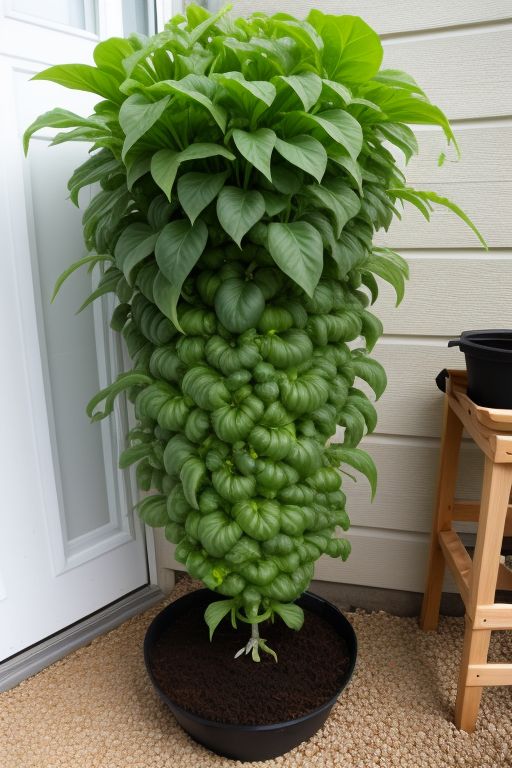
This is an excellent choice for beginners or anyone who prefers a hands-off approach to gardening. The Kratky Method is best for growing leafy greens like lettuce, spinach, and herbs, as they don’t require deep water to thrive.
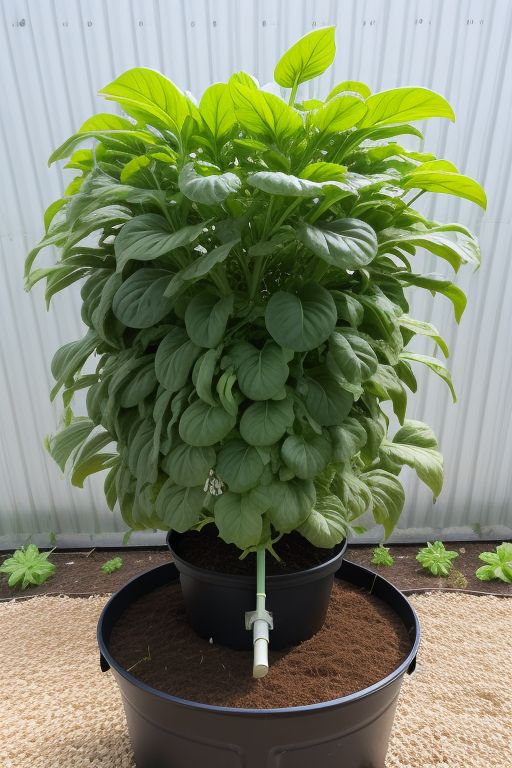
Regularly check water levels and ensure the solution is replenished to keep your plants hydrated.
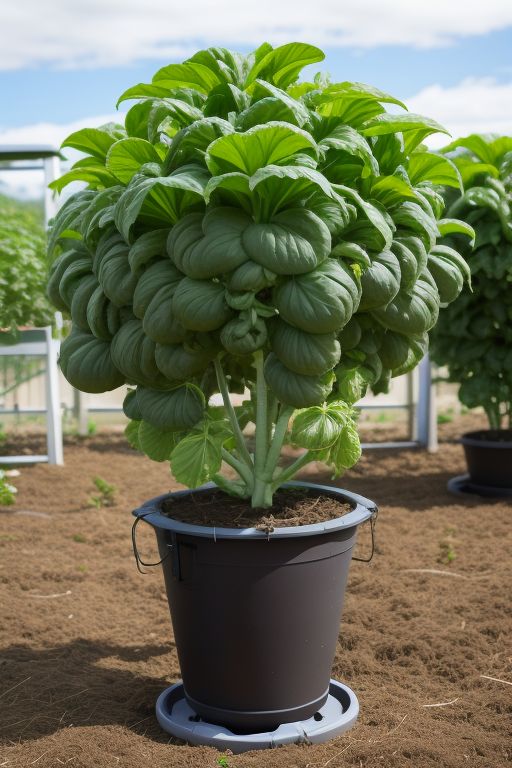
3. Deep Water Culture (DWC): The Perfect System for Leafy Greens
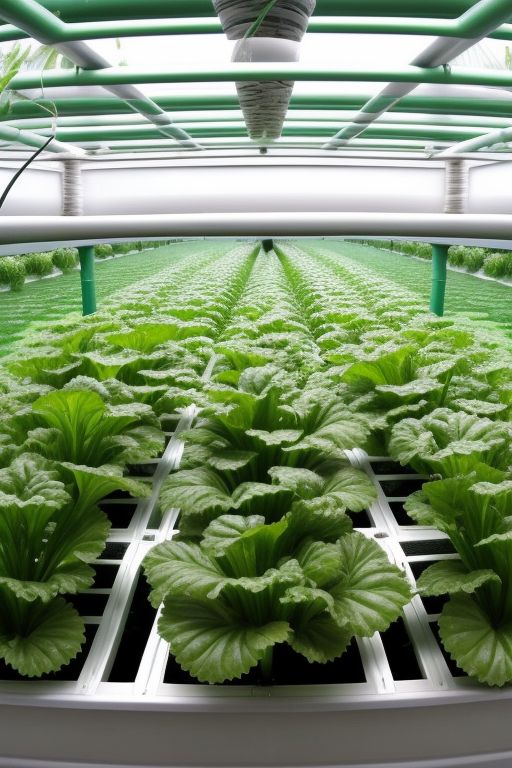
Deep Water Culture (DWC) is one of the most popular hydroponic methods due to its simplicity and efficiency.
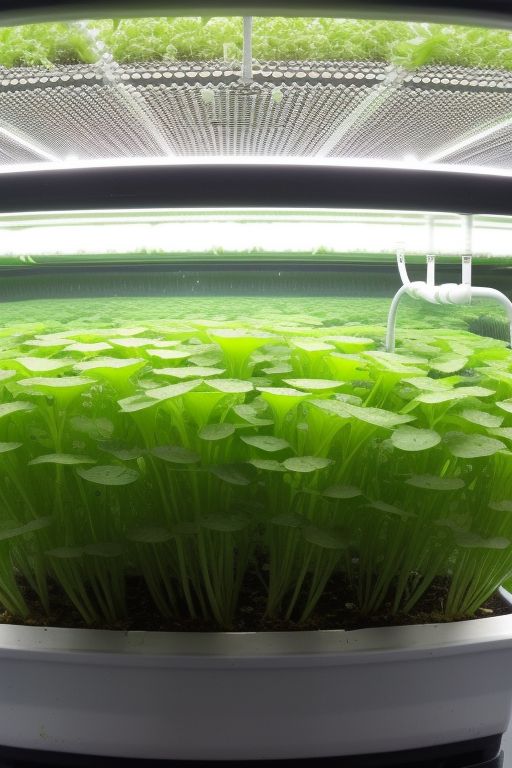
In DWC, plants are suspended in a nutrient-rich solution with their roots fully submerged. An air pump supplies oxygen to the roots via an air stone, ensuring healthy plant growth.
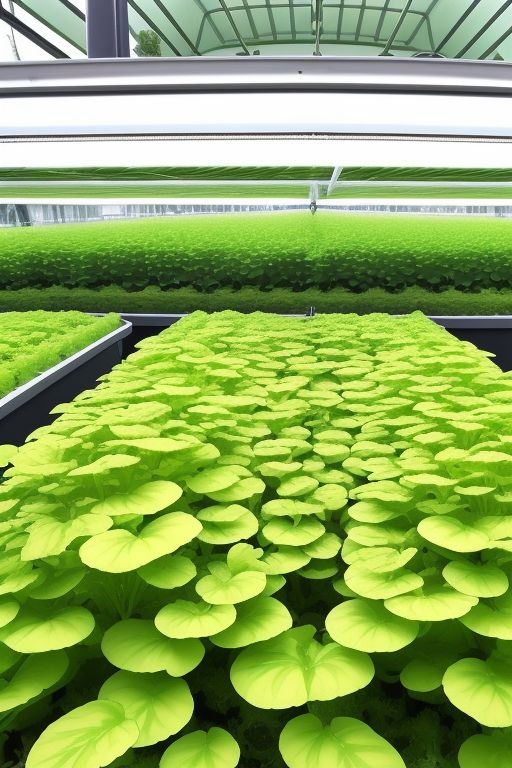
This method is particularly well-suited for leafy greens such as lettuce, kale, and herbs, which thrive in water-based environments. Building a DWC system involves setting up a container with an air pump, air stone, and net pots to hold the plants.
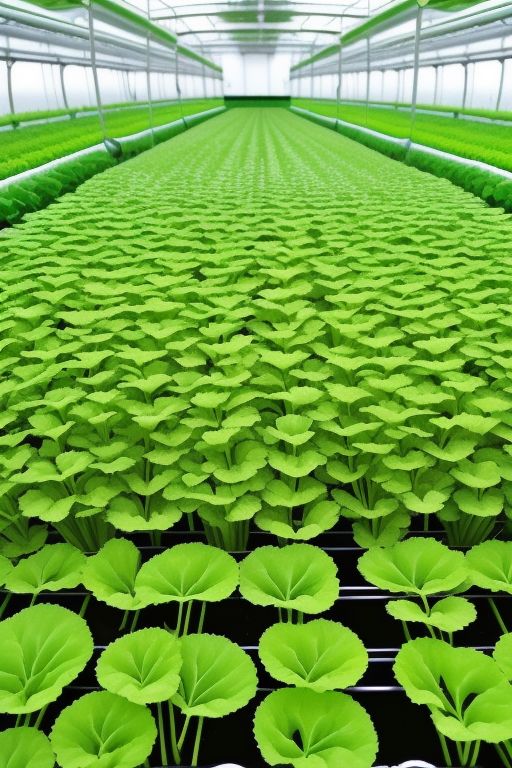
The key to success with DWC is maintaining oxygen levels, so ensure your air pump is powerful enough for the number of plants you’re growing.
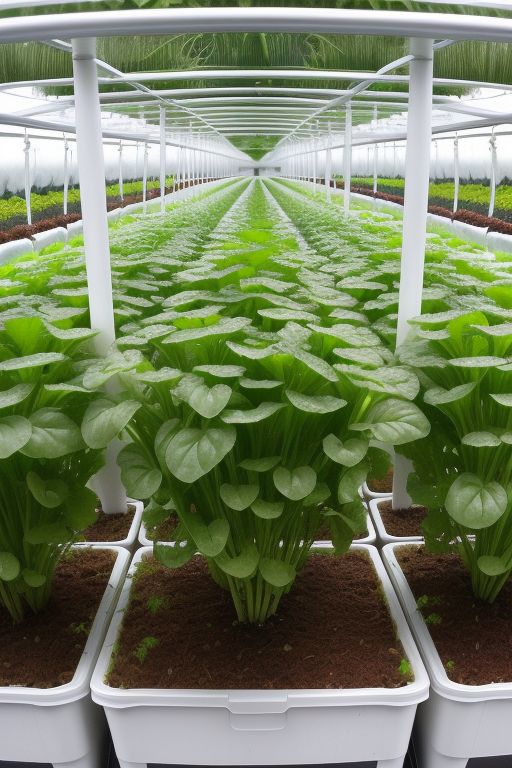
4. Aquaponics System: Integrating Fish and Plants
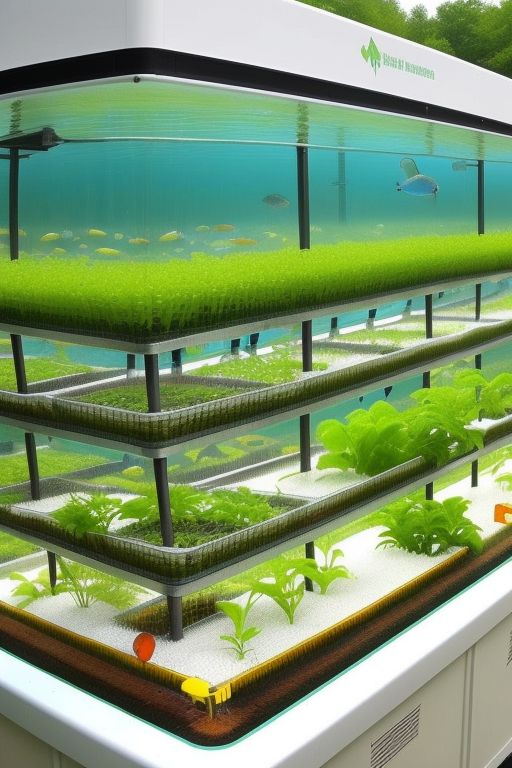
Aquaponics is an innovative system that combines hydroponics and aquaculture (fish farming) in a mutually beneficial environment.
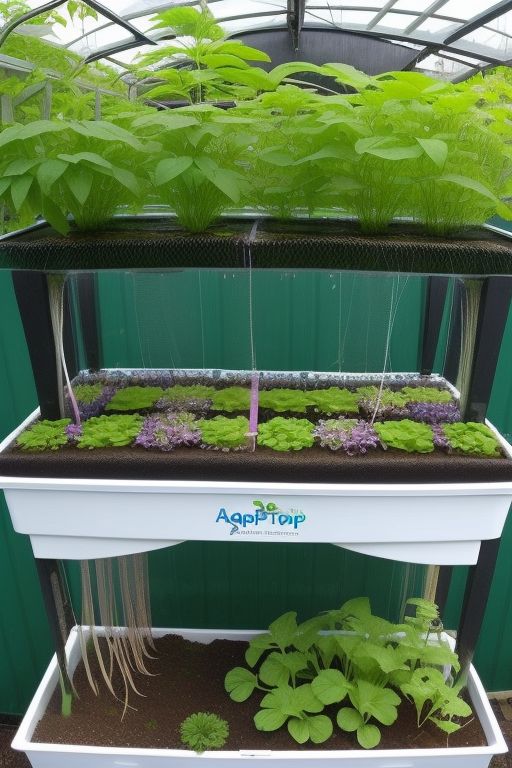
In this system, fish waste provides the nutrients for plants, while the plants filter and purify the water, which is then returned to the fish tank. It’s a balanced ecosystem that can produce both plants and fish for food.
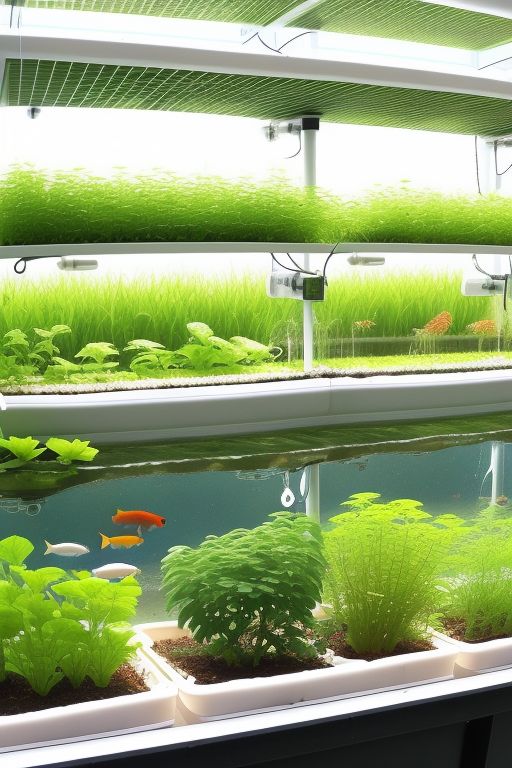
Building an aquaponics system requires setting up a fish tank, a grow bed for the plants, and a pump to circulate the water. You’ll need to carefully balance the number of fish with the plants to maintain a healthy system.

This system is ideal for growing a variety of vegetables and herbs while also raising fish such as tilapia, goldfish, or trout.
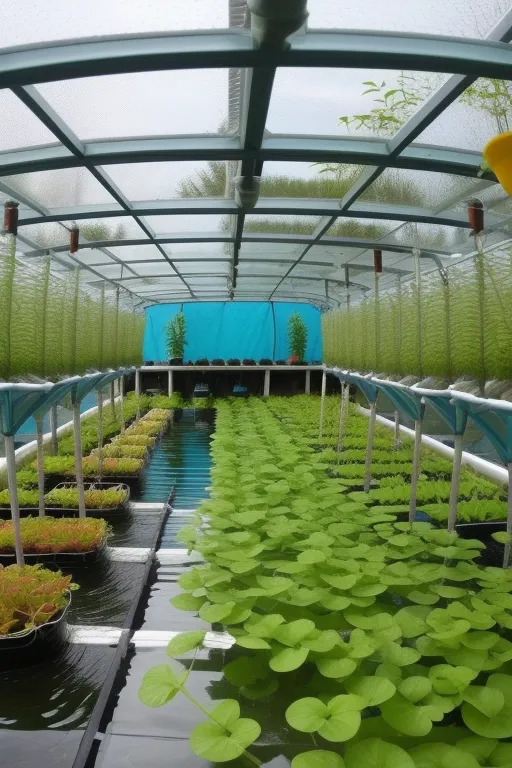
5. Wicking Bed: The Self-Watering Hydroponic System
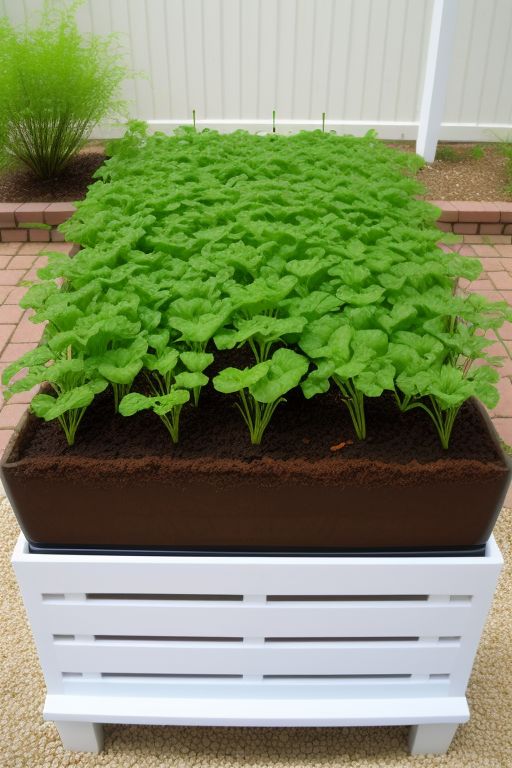
A wicking bed is a self-watering hydroponic system that uses capillary action to deliver nutrients to the plants.
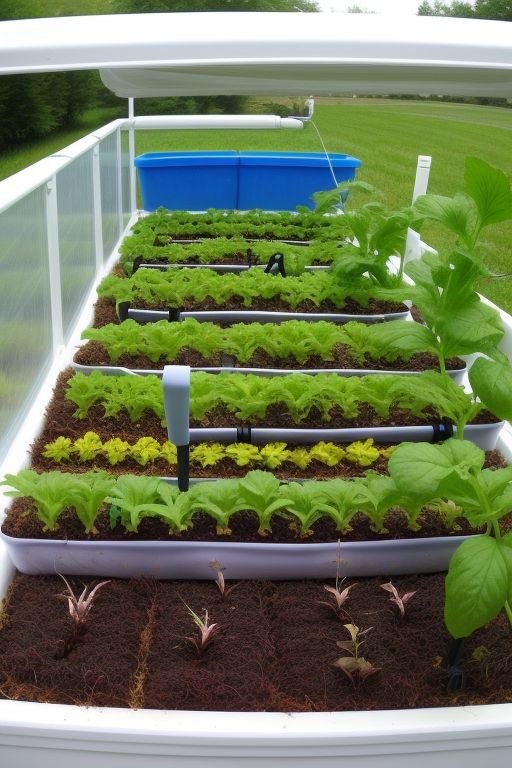
The system is built by placing a water reservoir at the bottom of a container or bed, with a wick material (like a rope or fabric) connecting the water and soil. The wick draws the nutrient-rich water up to the plant roots.
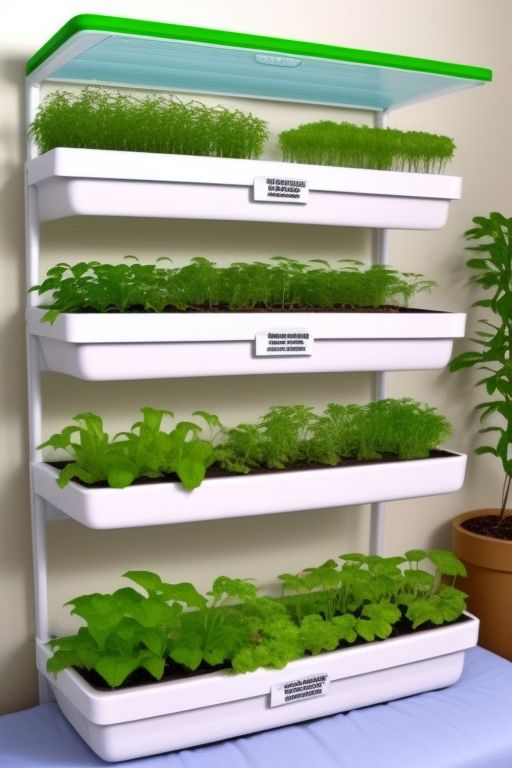
This method works well for smaller-scale hydroponics and is particularly useful for growing herbs, strawberries, and small vegetables.

Wicking beds require minimal maintenance and are highly water-efficient, making them a great choice for gardeners in dry climates.
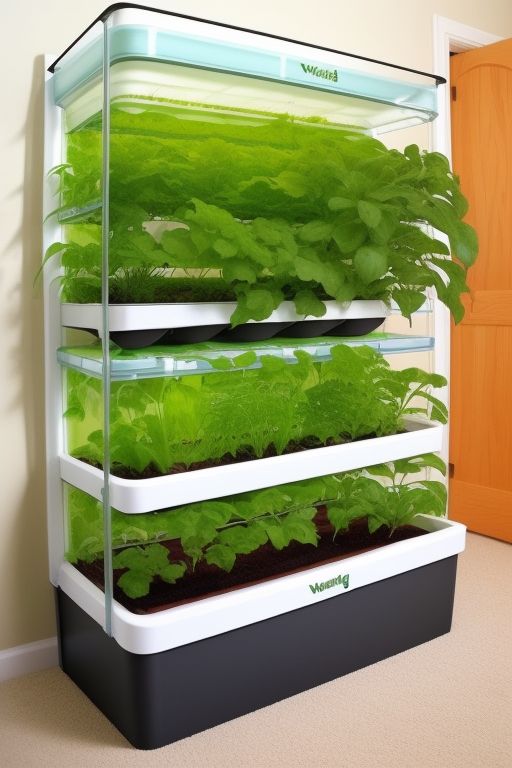
6. NFT (Nutrient Film Technique) System: The Slender, Efficient Design
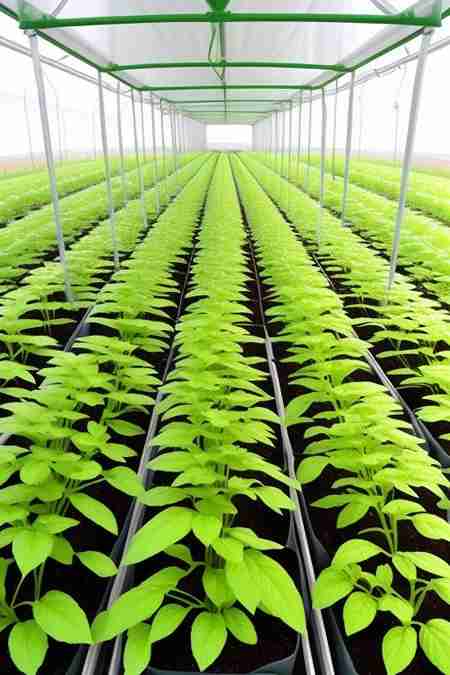
The NFT system is an efficient hydroponics method that involves a thin film of nutrient solution flowing over the plant roots.
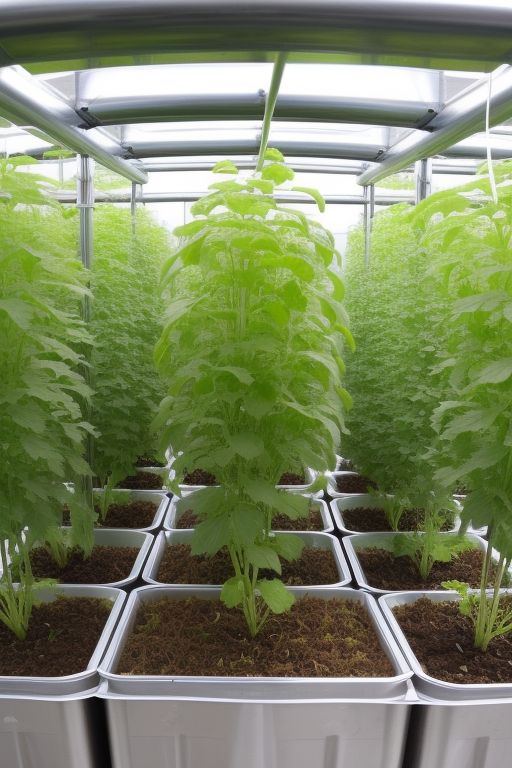
In this system, plants are placed in long, narrow channels, and the nutrient solution is pumped through the channels, where it continuously flows over the roots. This method is perfect for growing leafy greens like lettuce, spinach, and herbs.
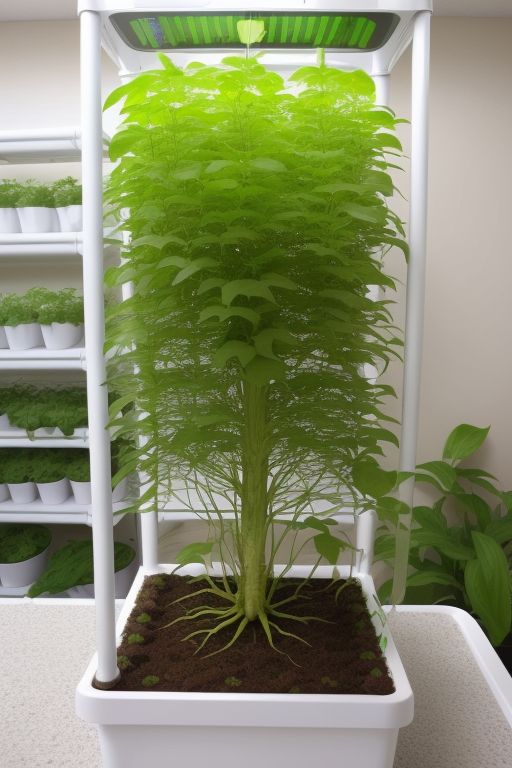
The NFT system is relatively easy to build and requires less water than traditional hydroponic methods, making it a water-efficient option.
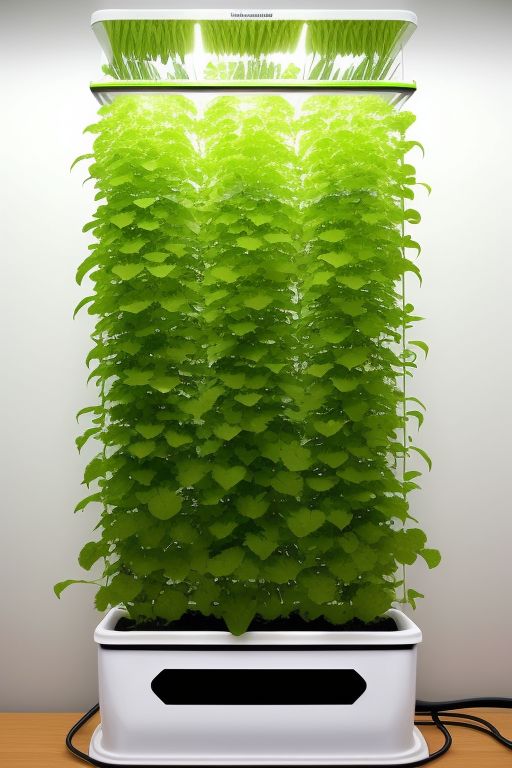
However, it’s important to keep the nutrient solution flowing at all times to prevent the plants from drying out, so ensure that your pump is functioning well.
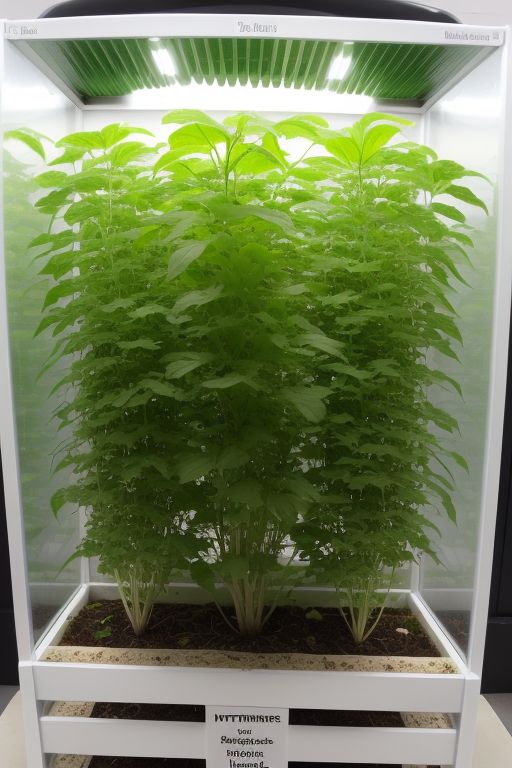
7. Hydroponic Wick System: A Simple, Low-Cost Option
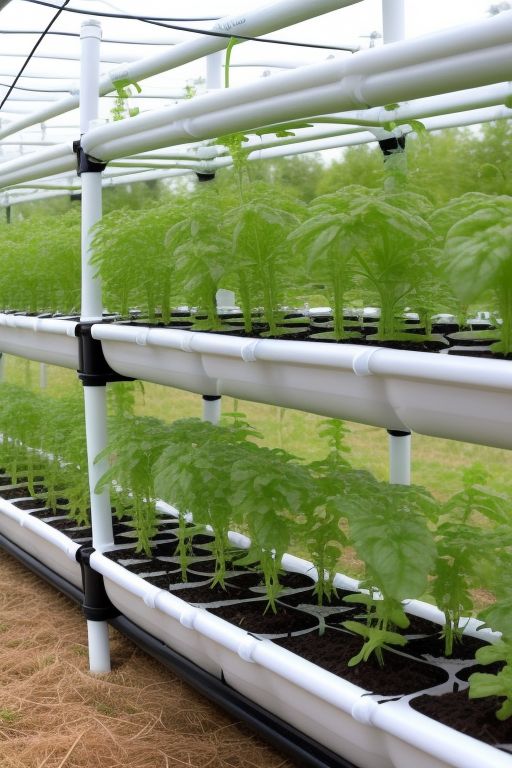
The hydroponic wick system is one of the easiest and most budget-friendly ways to start growing hydroponically.
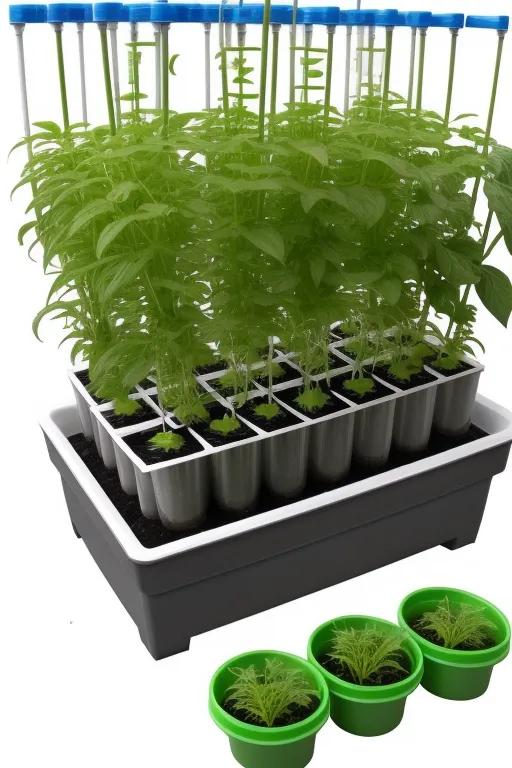
In this system, a wick (made from a material like cotton or nylon) is placed in a container of nutrient solution, drawing the solution up to the plant roots. The plants are placed in containers or trays, and the wick ensures they remain hydrated.
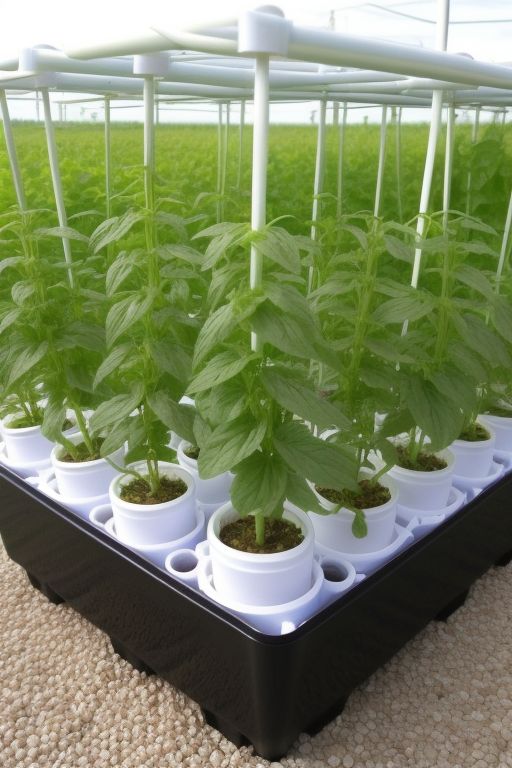
The hydroponic wick system is best for small-scale growing, such as herbs or small vegetables, and is ideal for beginners due to its simplicity.
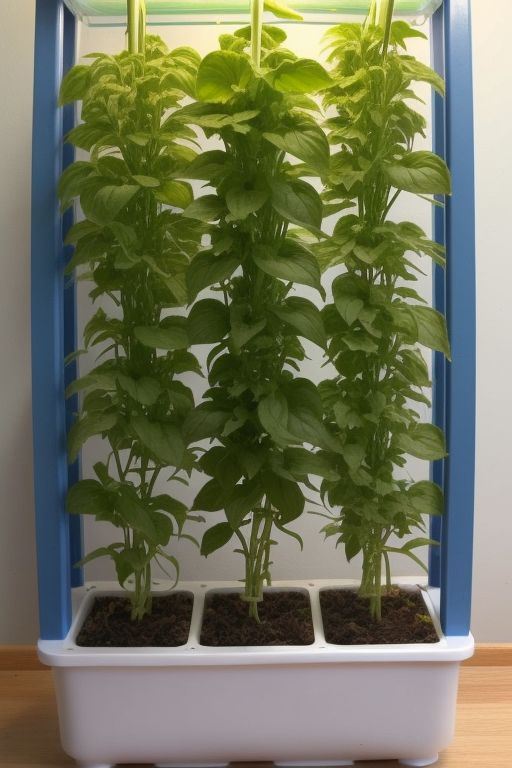
It’s important to ensure the wick is long enough to reach the nutrient solution and that the container doesn’t dry out.
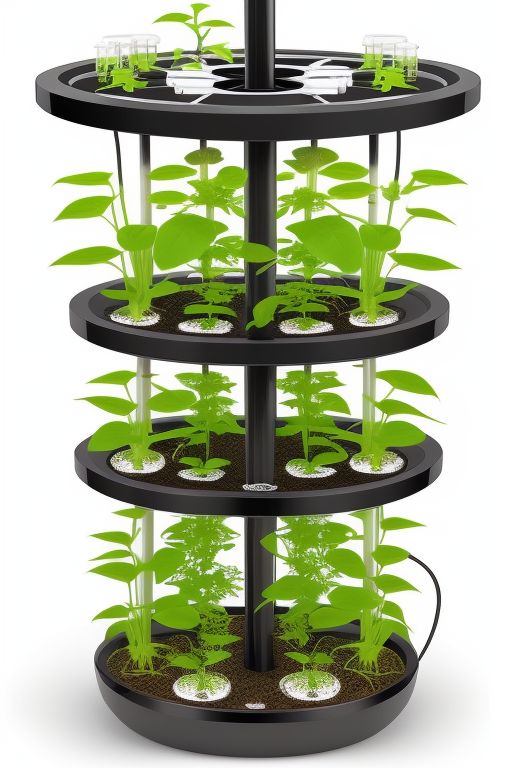
8. Ebb and Flow System: Flooding and Draining for Healthy Roots
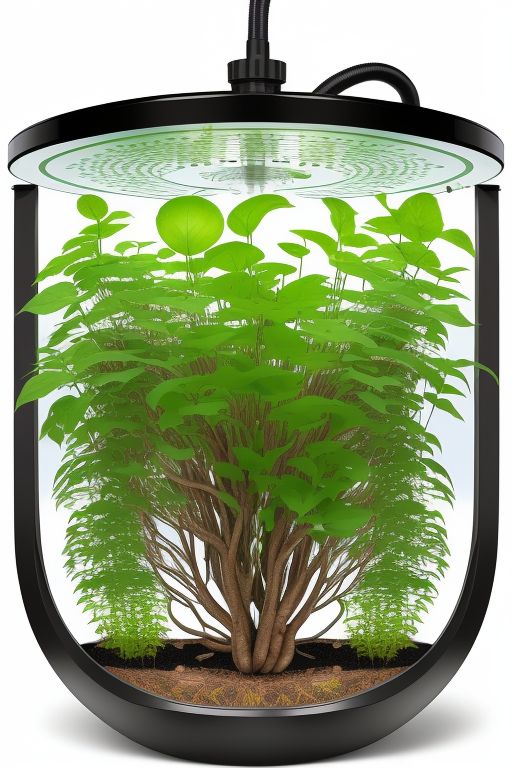
The Ebb and Flow (also known as Flood and Drain) system is a hydroponic method that uses a timer-controlled pump to flood and drain the grow tray with nutrient solution.
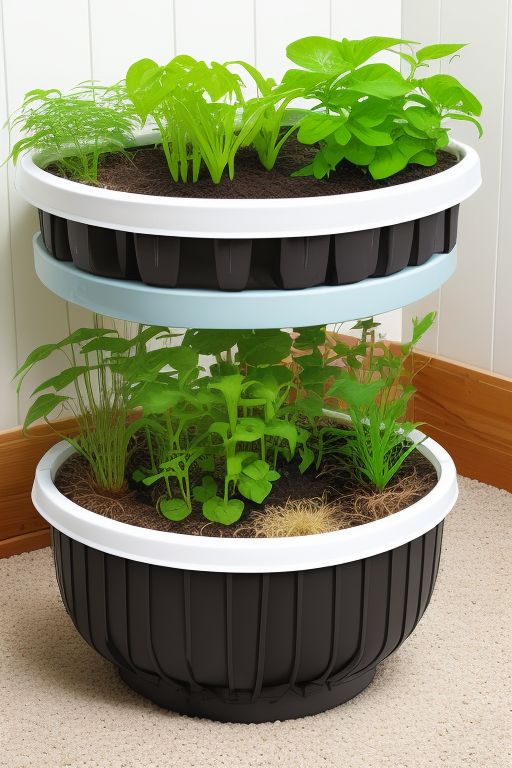
This system involves filling the grow tray with the nutrient solution, allowing the plants’ roots to absorb the water before it drains back into the reservoir. This flooding and draining process ensures that the plant roots receive the nutrients they need while also providing them with oxygen when the solution drains away.
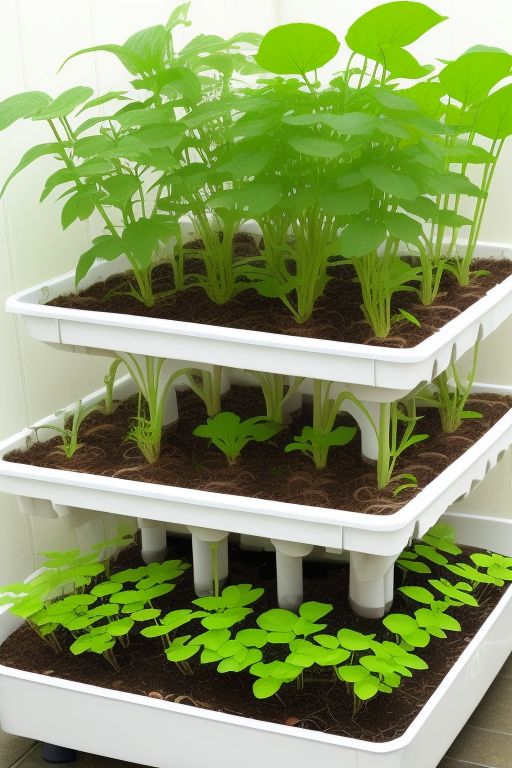
Ebb and Flow systems are great for larger plants and can support a variety of vegetables, herbs, and flowers.

The key to success with this system is to adjust the watering schedule to meet the needs of your plants, as different plants may require different flooding intervals.
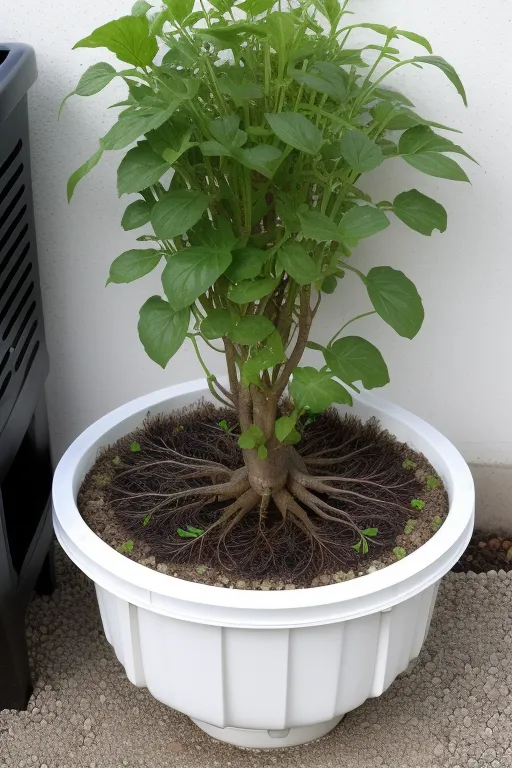
9. Aquarium Hydroponics: A Simple and Beautiful System
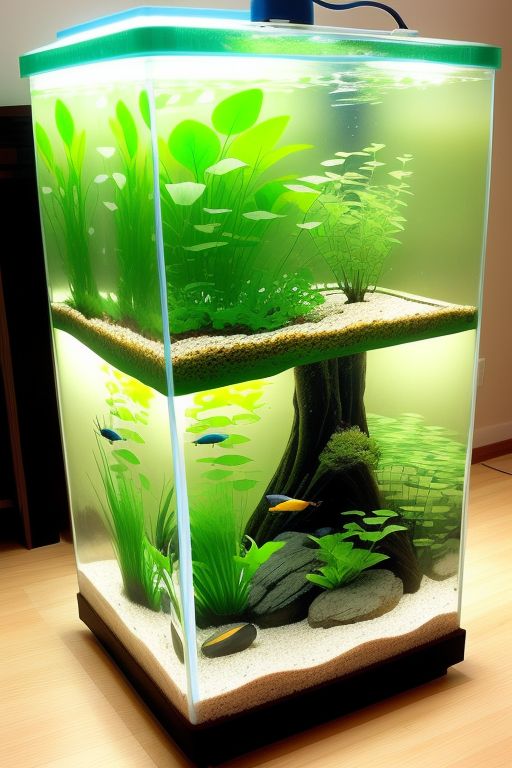
If you have an aquarium at home, you can turn it into a hydroponic garden! Aquarium hydroponics involves growing plants above the fish tank, with the nutrient solution coming from the fish tank itself.
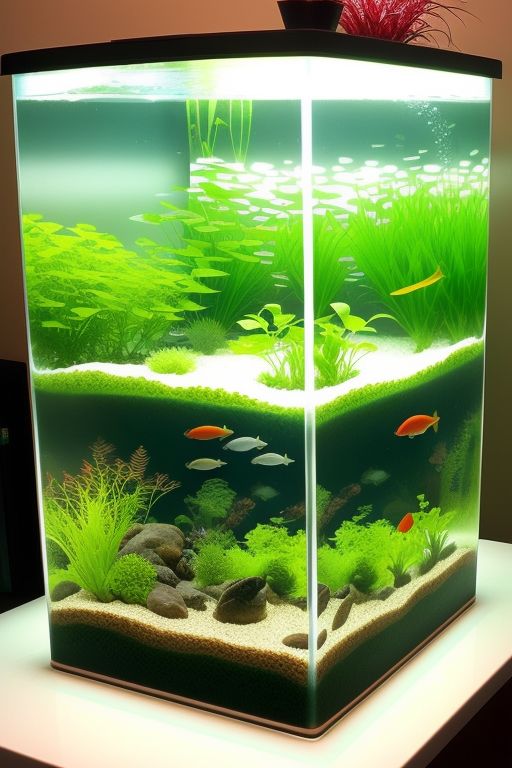
The fish waste provides nutrients for the plants, and the plants help filter and purify the water for the fish. This creates a sustainable, low-maintenance environment for both fish and plants.
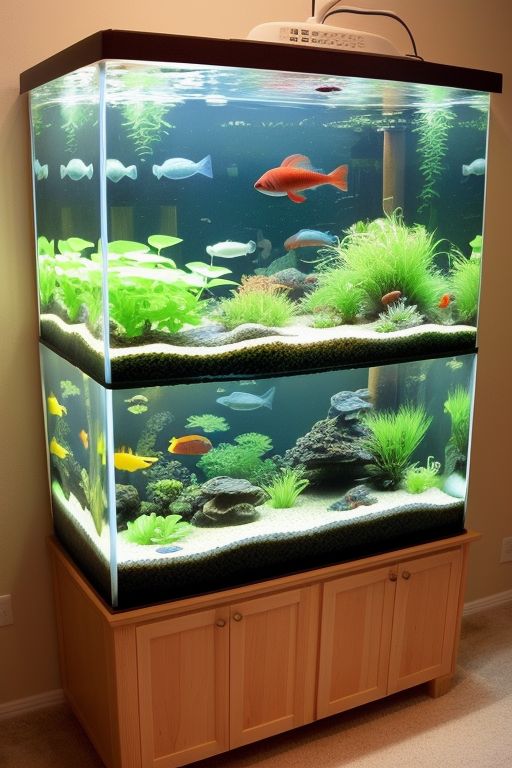
To create an aquarium hydroponics system, you’ll need a few basic supplies, such as a grow bed, a pump, and some net pots. Fish like goldfish, bettas, or guppies are perfect for this type of system.
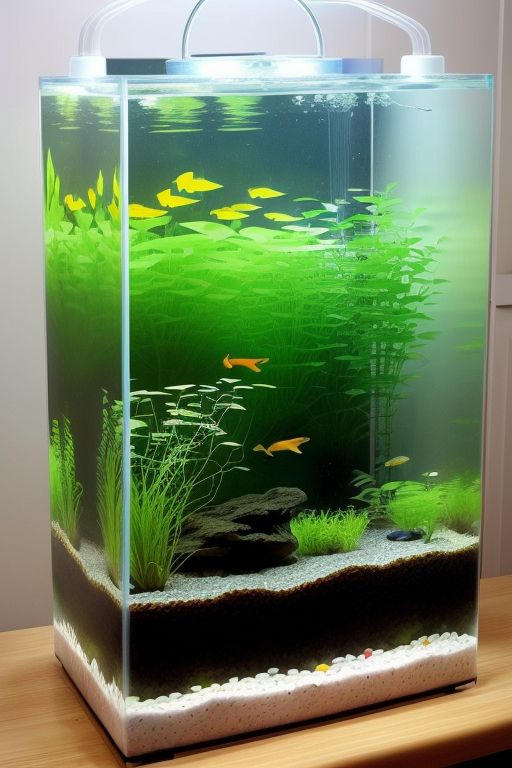
This system is great for beginners who want to combine the joy of fishkeeping with gardening.
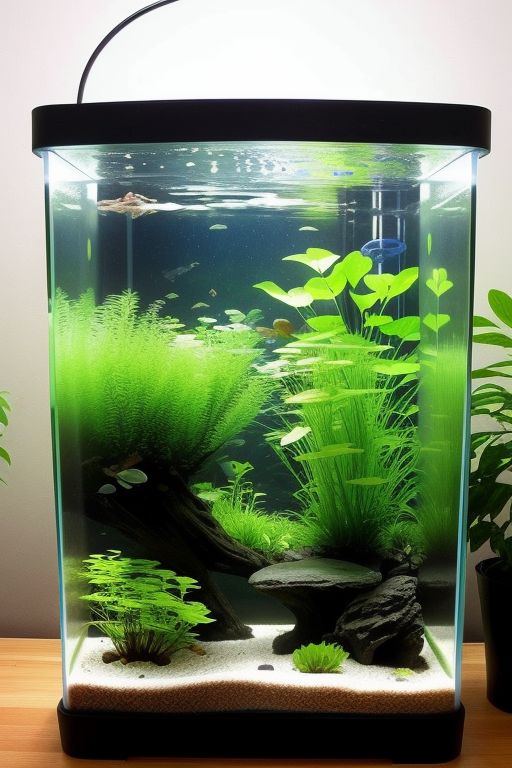
10. Hydroponic Tower Garden: A Compact Vertical Solution
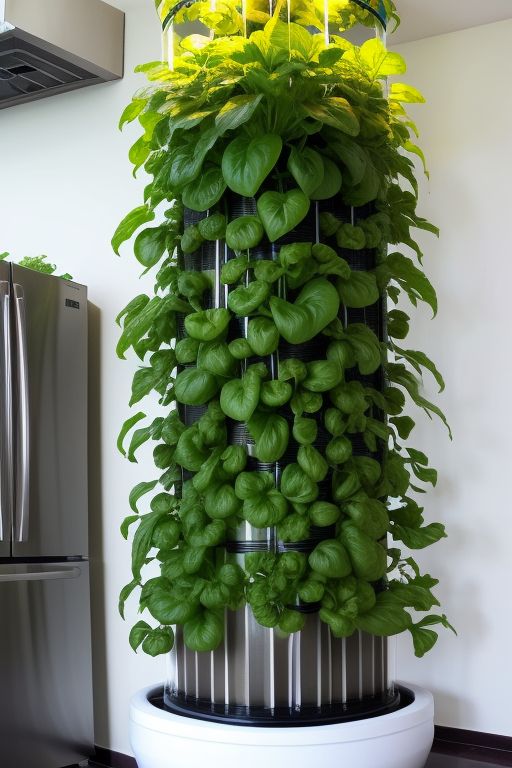
A hydroponic tower garden is a vertical system that allows you to grow multiple plants in a compact space.
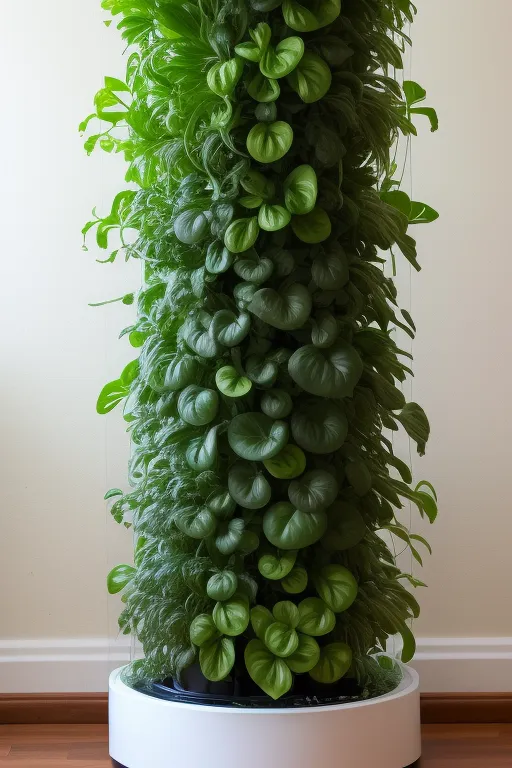
These tower gardens consist of a central column with multiple plant slots arranged around it. The nutrient solution is pumped to the top of the tower, and gravity helps distribute it to the plants below.
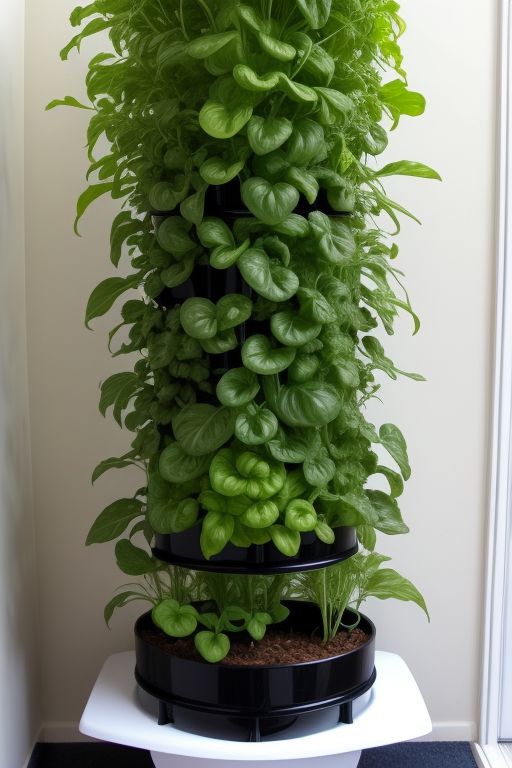
This system is ideal for growing a variety of crops, including leafy greens, herbs, and small fruits. The tower design saves space, making it perfect for urban gardeners or those with limited outdoor space.

It’s important to ensure the tower has good drainage and a steady supply of nutrient solution to all of the plants.
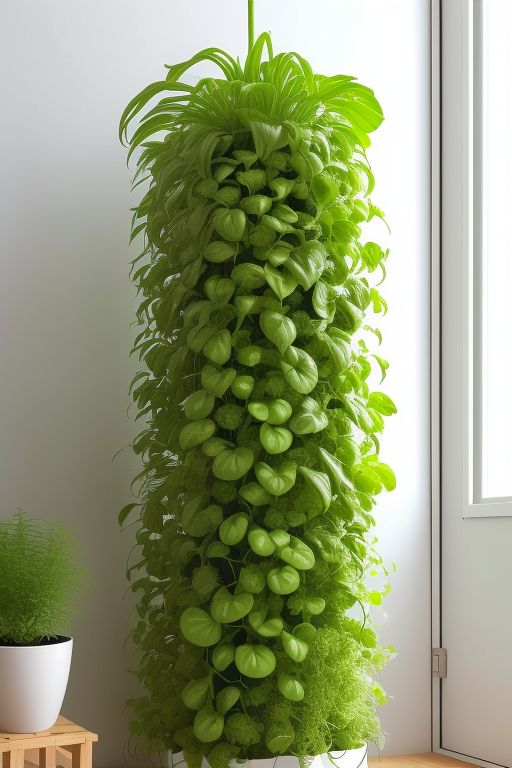
11. Raft Hydroponics System: Floating Plants for Easy Maintenance
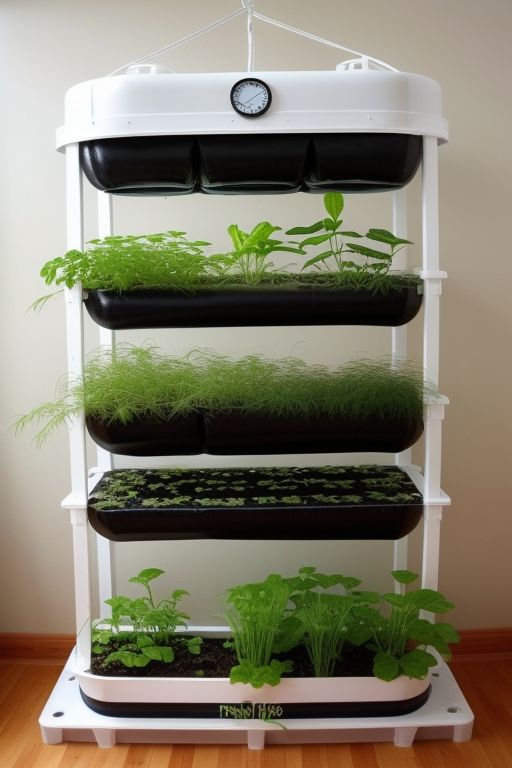
The raft hydroponics system is one of the simplest and most effective ways to grow plants hydroponically.
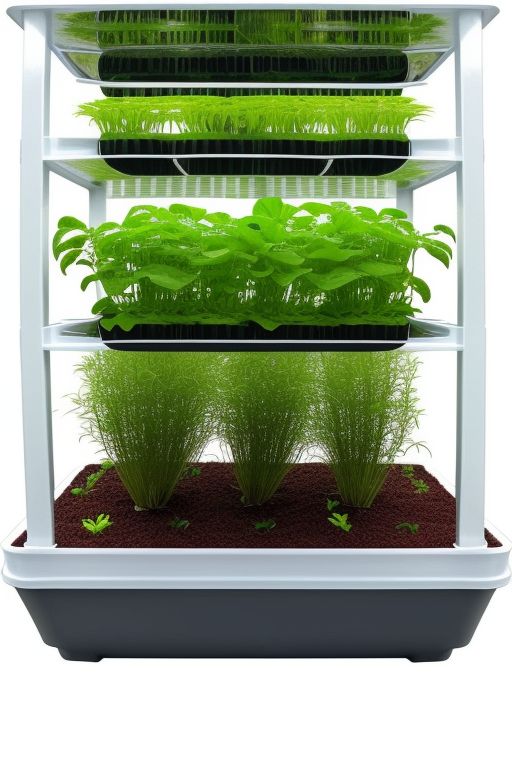
In this system, plants are placed in net pots that float on the surface of a nutrient solution-filled container. The roots hang below the pots and absorb the nutrients, while the plants float on top.
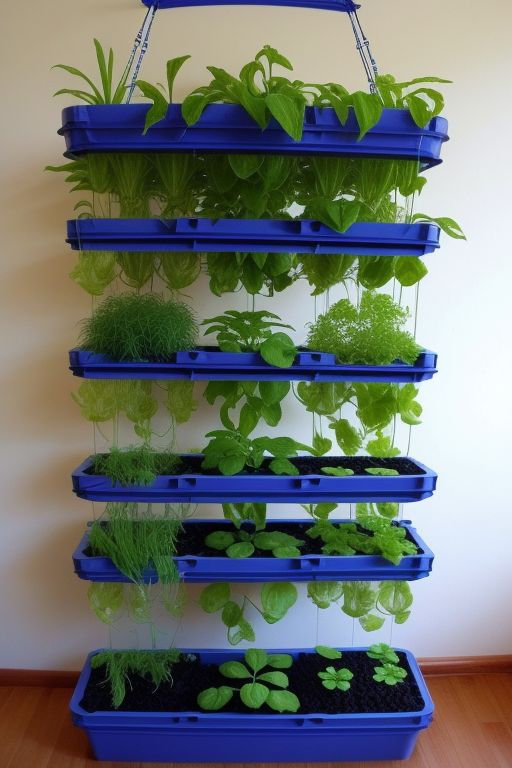
Raft hydroponics systems are great for growing leafy greens, such as lettuce and spinach, as well as herbs like basil and cilantro. The system requires minimal maintenance and is easy to set up.
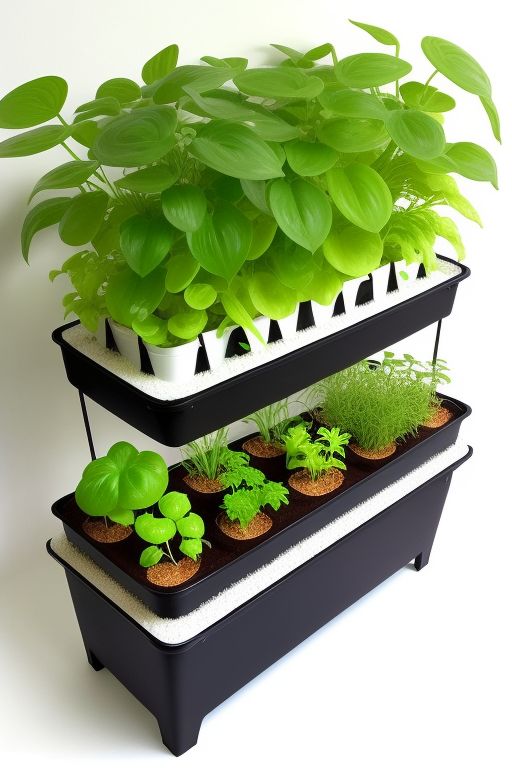
Ensure that the nutrient solution is consistently at the right pH and nutrient levels to support healthy plant growth.
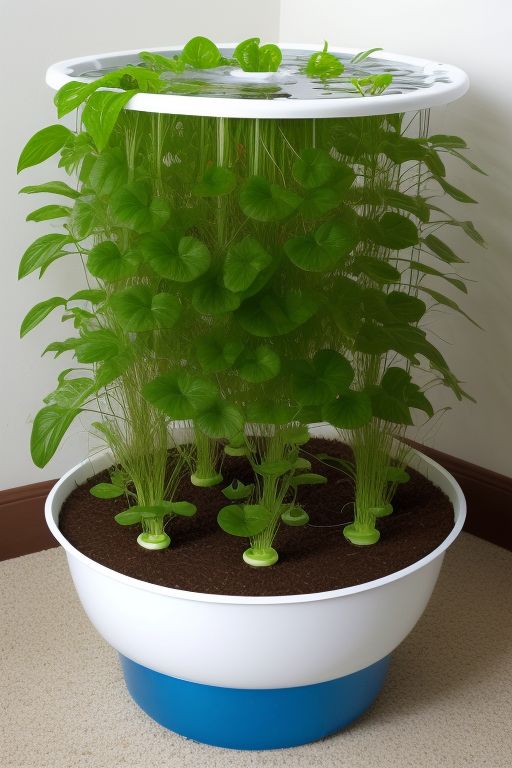
12. DIY PVC Pipe Hydroponics System: Affordable and Efficient
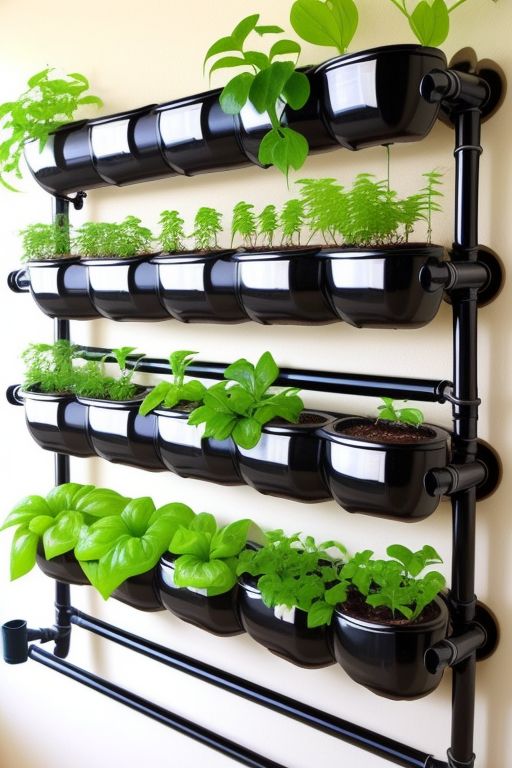
PVC pipes are an affordable and versatile material for creating a hydroponic system. This system uses horizontal or vertical pipes to house the plants, with nutrient-rich water flowing through the pipes to nourish them.
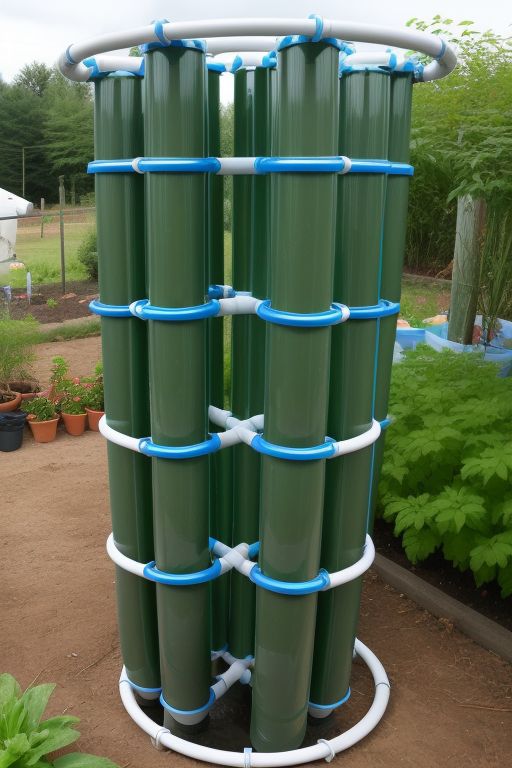
The roots of the plants grow inside the pipes, while the nutrient solution flows through the tubes. PVC pipe hydroponics systems can be customized to fit the size and space of your garden, making them perfect for both indoor and outdoor setups.
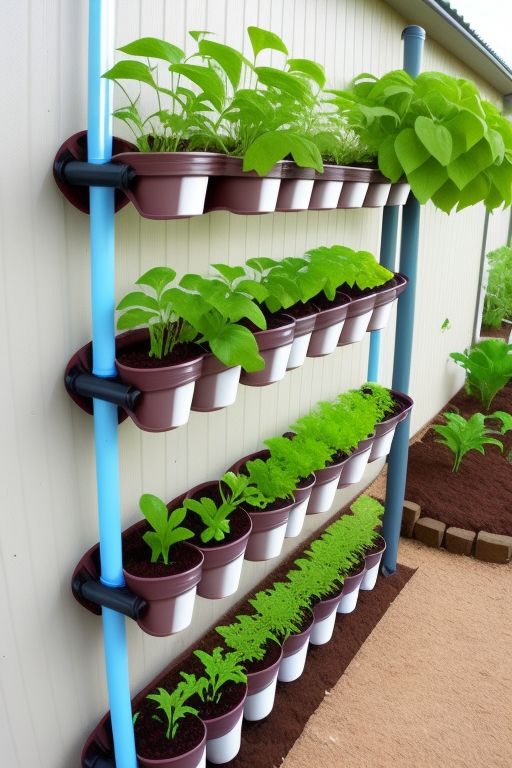
Building a PVC pipe system is cost-effective and ideal for growing leafy greens, herbs, and smaller fruits like strawberries. The pipes are easy to clean and maintain, ensuring a sustainable, low-maintenance hydroponic garden.
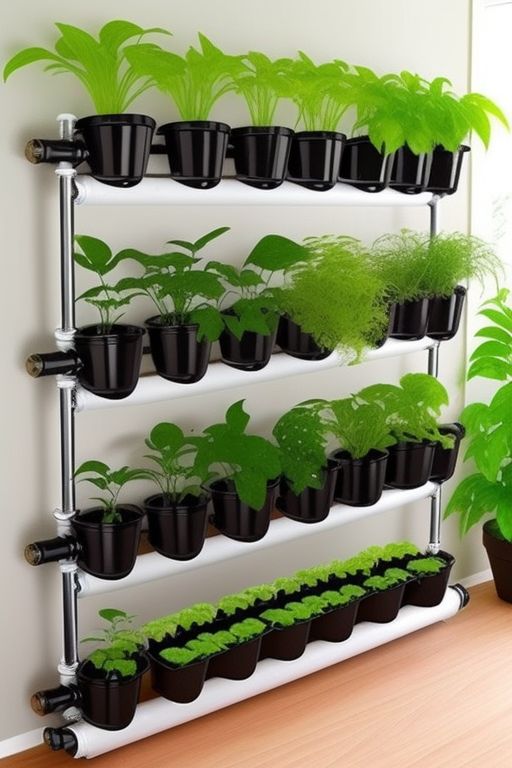
13. Hanging Hydroponic Planters: Space-Saving and Stylish
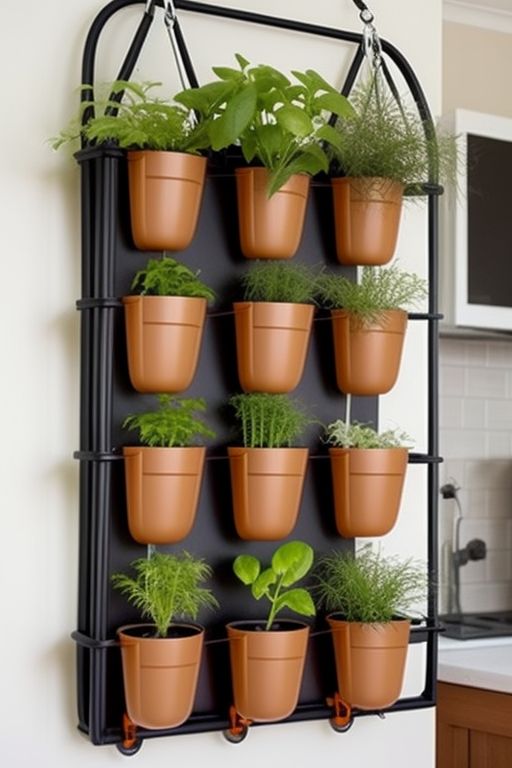
If you’re looking for a stylish way to grow plants in small spaces, hanging hydroponic planters are a great choice. These planters use a simple vertical design with pots or containers suspended from hooks or wires.
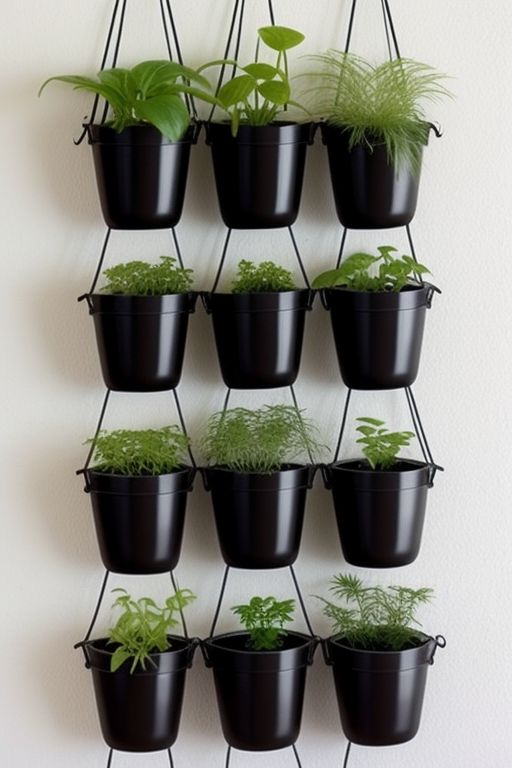
The nutrient solution is delivered to the plants via a wick or drip system, ensuring they get the nutrients they need while saving space. Hanging planters are ideal for growing small herbs like basil, mint, and parsley, as well as compact leafy greens.

This system is perfect for apartments, small balconies, or any area where floor space is limited but vertical space is abundant.
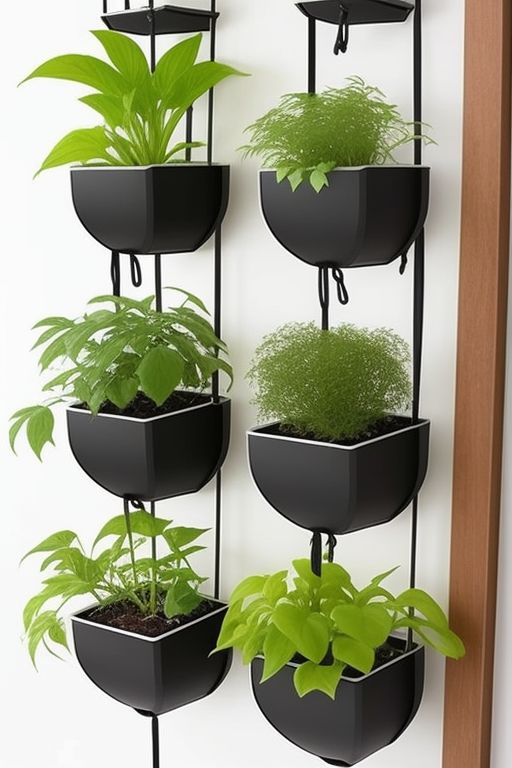
14. Straw Bale Hydroponics: A Unique and Budget-Friendly Option
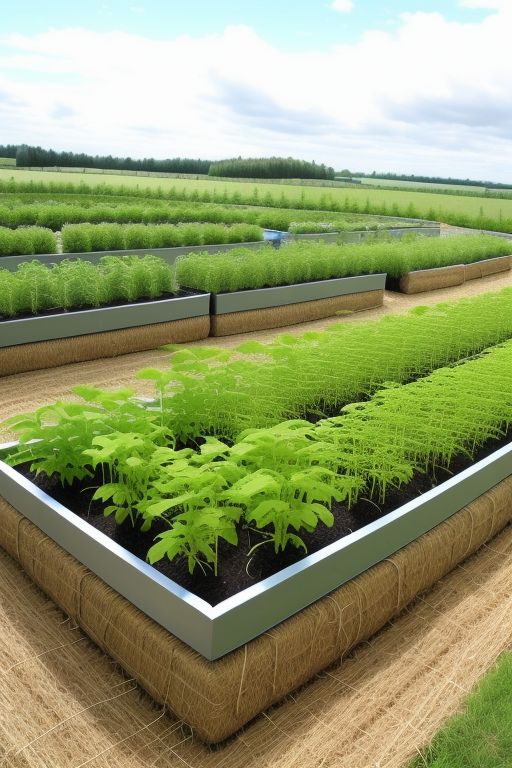
Straw bale hydroponics is an unconventional method that uses straw bales as the growing medium. The straw bales are soaked with nutrient solution, and plants are planted directly into the bale, where they grow and absorb nutrients.
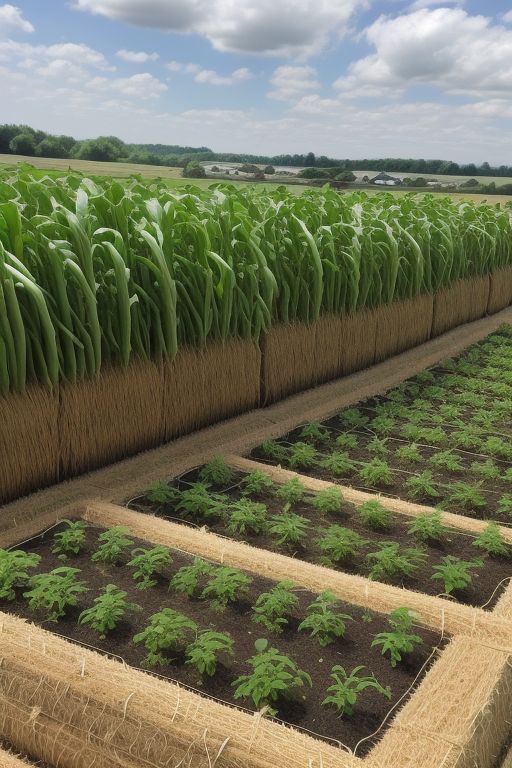
This system is ideal for gardeners looking for a cost-effective solution to grow a variety of plants. The straw provides excellent water retention and insulation, helping plants stay hydrated and healthy.
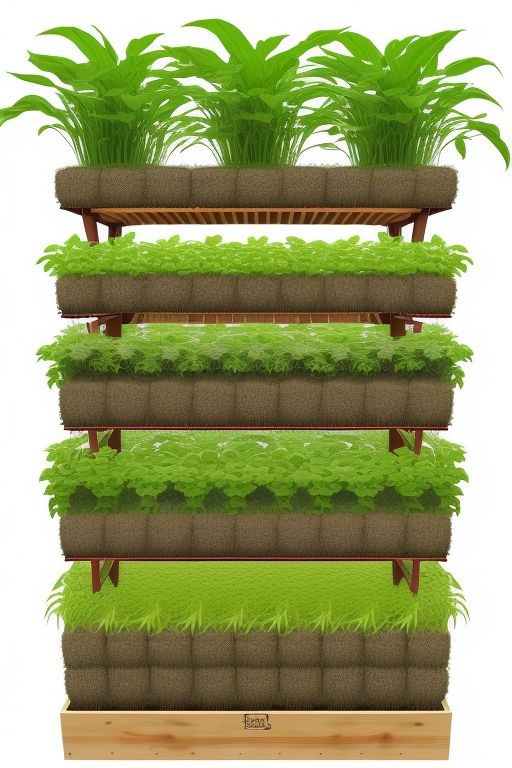
This setup works particularly well for tomatoes, peppers, and cucumbers, as these plants need a bit more space to grow. The straw bales can be easily replaced once they break down, making it a sustainable option for gardeners on a budget.
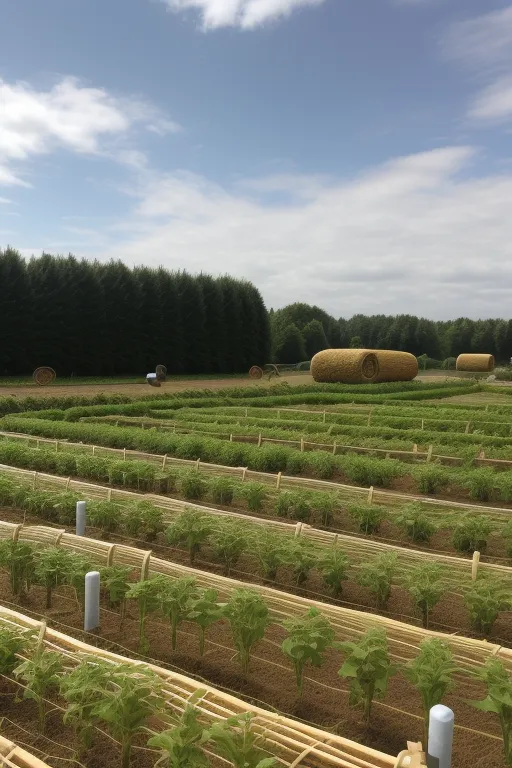
15. Hydroponic Greenhouse: The Perfect Controlled Environment
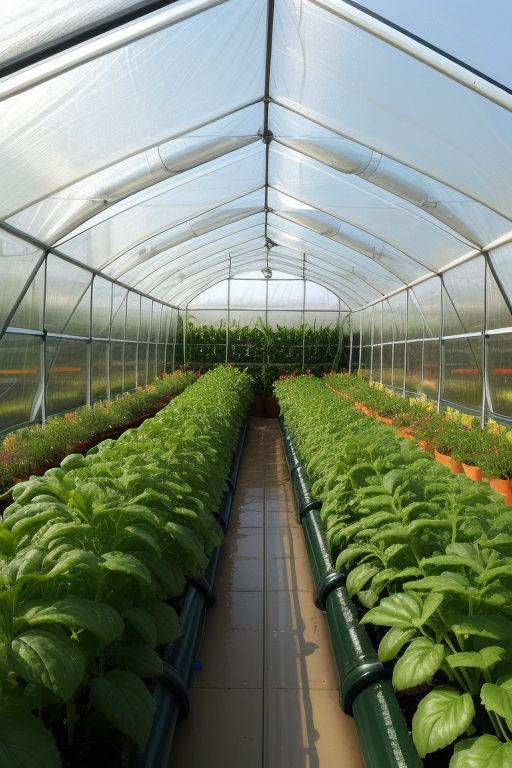
A hydroponic greenhouse combines the benefits of a greenhouse with hydroponics, allowing you to grow plants year-round in a controlled environment.
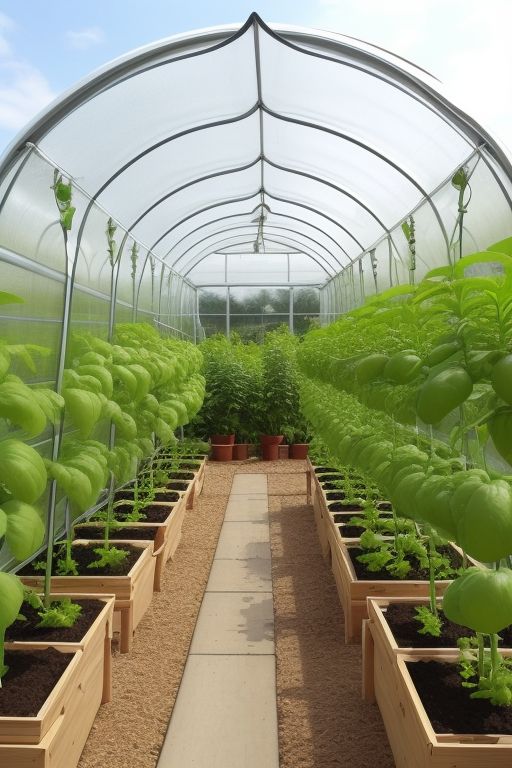
By setting up a hydroponic system inside a greenhouse, you can take advantage of natural sunlight while maintaining optimal temperature, humidity, and nutrient levels for your plants. This makes the greenhouse an ideal location for growing a wide variety of crops, including tomatoes, herbs, lettuce, and flowers.
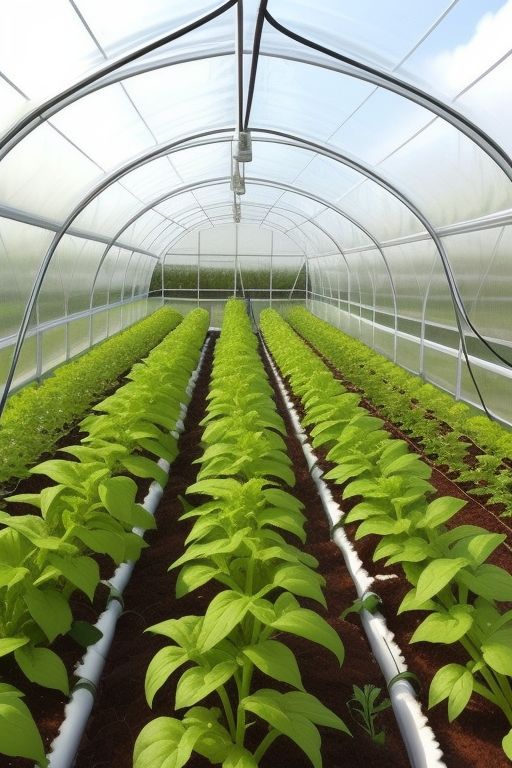
A hydroponic greenhouse is a more advanced system, but with the right setup, it can significantly increase your yield and extend your growing season.
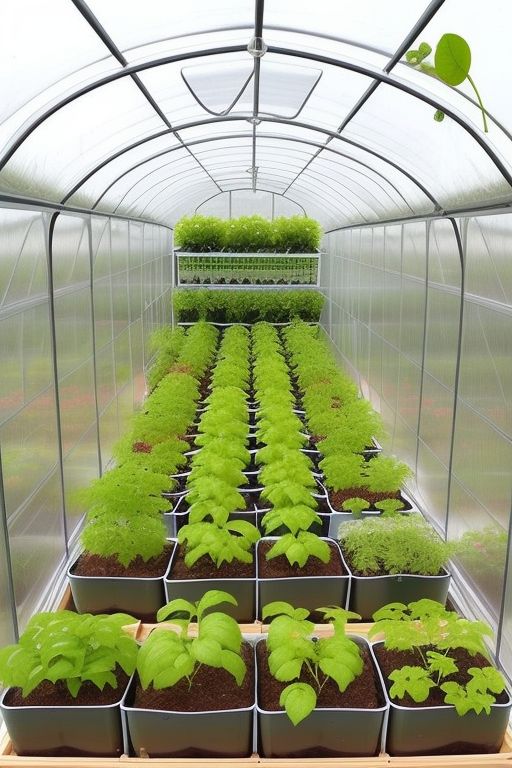
16. Tower Garden with Aquaponics: Combining Two Techniques
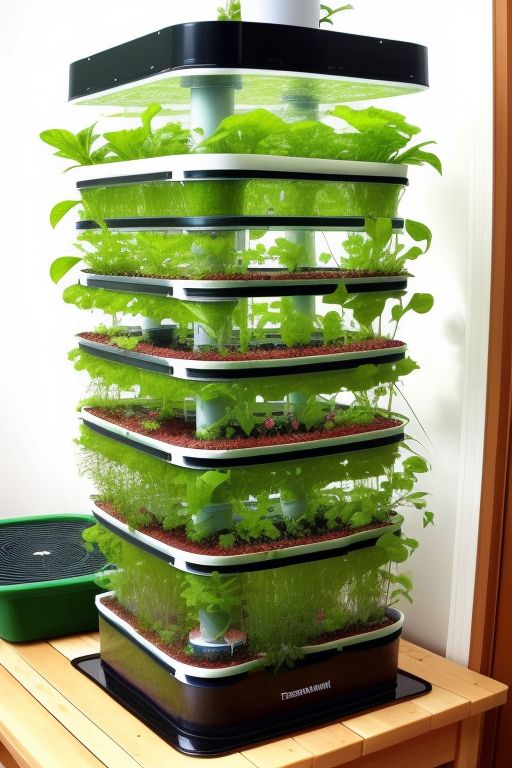
A tower garden with aquaponics is a hybrid system that combines the vertical growing of tower gardens with the nutrient cycling of aquaponics.
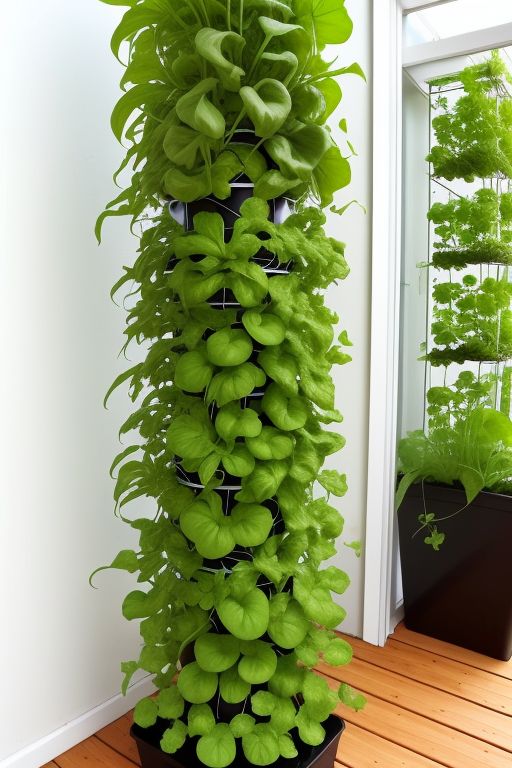
In this setup, fish are raised in a tank, and their waste provides nutrients for the plants growing in the tower. The water is pumped to the top of the tower, and gravity helps distribute it to the plants, while the plants filter the water, which is then returned to the fish tank.
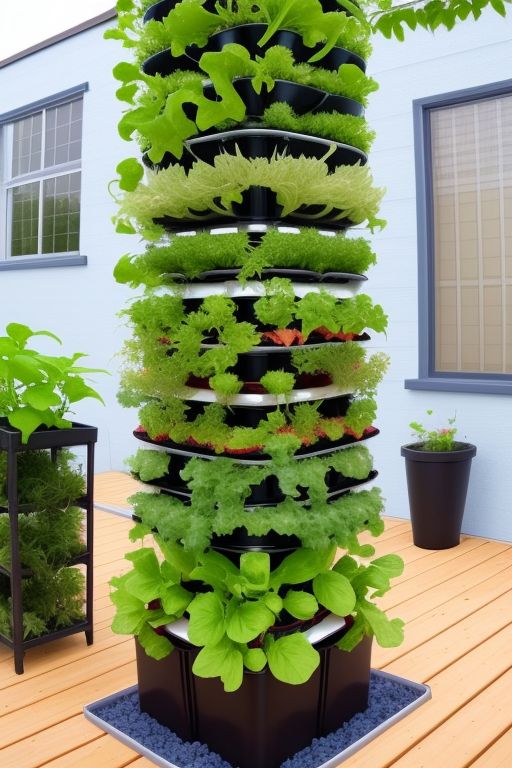
This system is perfect for growing a wide range of vegetables, herbs, and flowers. It’s an excellent option for those looking to integrate both fish farming and gardening into a single system.
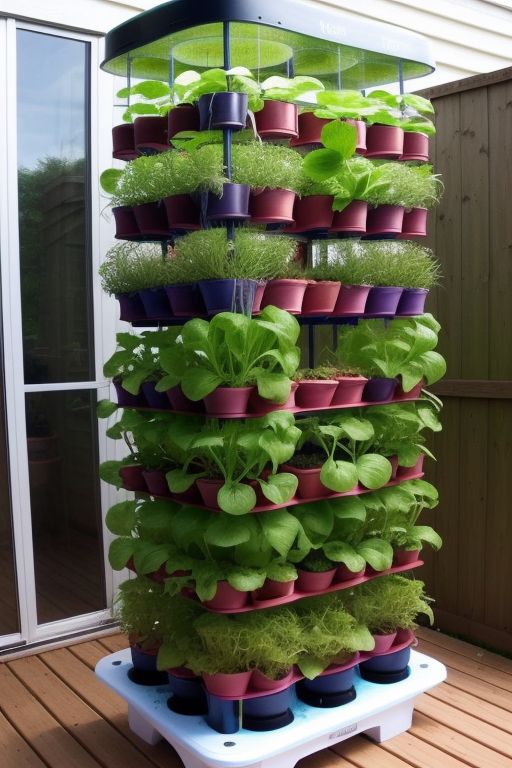
17. DIY Hydroponic Veggie Wall: Vertical Garden with a Purpose
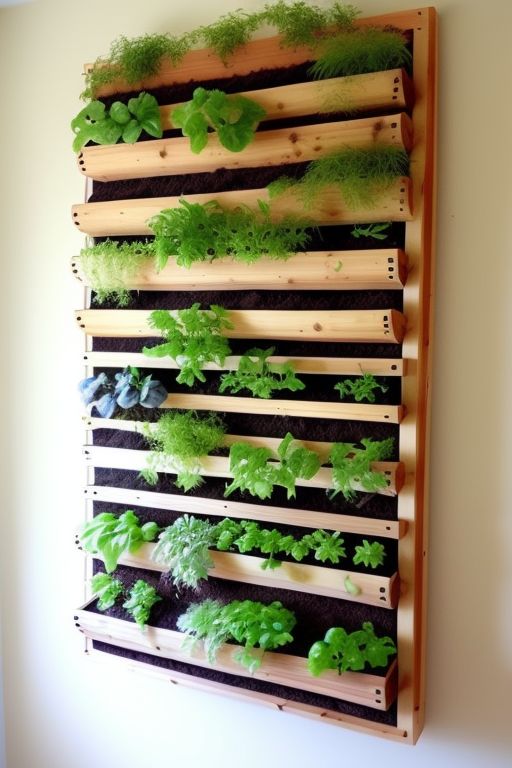
A hydroponic veggie wall is a vertical system designed specifically for growing a variety of vegetables. This setup uses wall-mounted containers or racks where plants can be grown in a stacked formation.
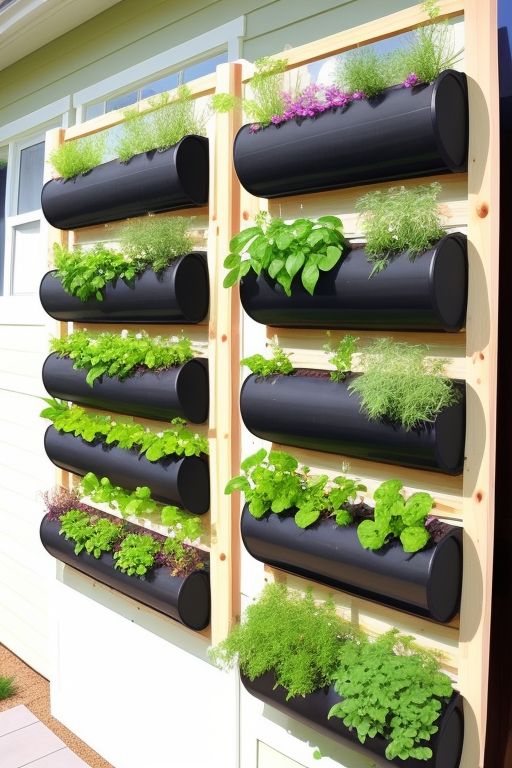
The nutrient solution is pumped to the top of the wall, and gravity helps distribute it to each plant’s roots. This system is perfect for small spaces and can be placed in a sunroom, garden shed, or even on an exterior wall of your house.
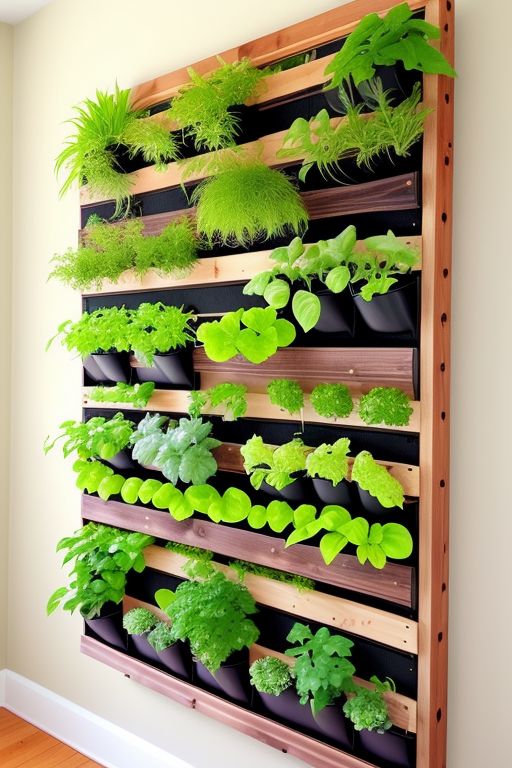
A veggie wall allows you to grow tomatoes, lettuce, spinach, and other vegetables in a small area, turning any wall into a productive garden.
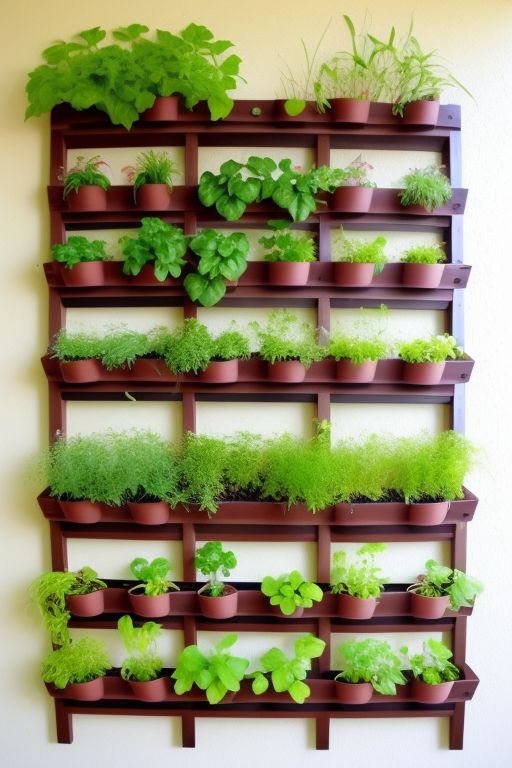
18. DIY Floating Hydroponic Garden: Beautiful and Functional
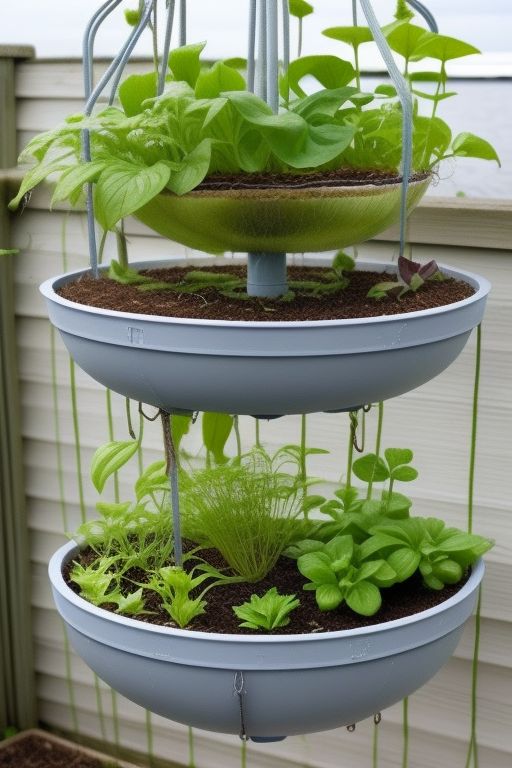
Floating hydroponic gardens are simple, aesthetic, and practical. In this system, plants are placed in containers or net pots that float on the surface of a water reservoir. The roots hang down into the nutrient solution, where they absorb the required nutrients.
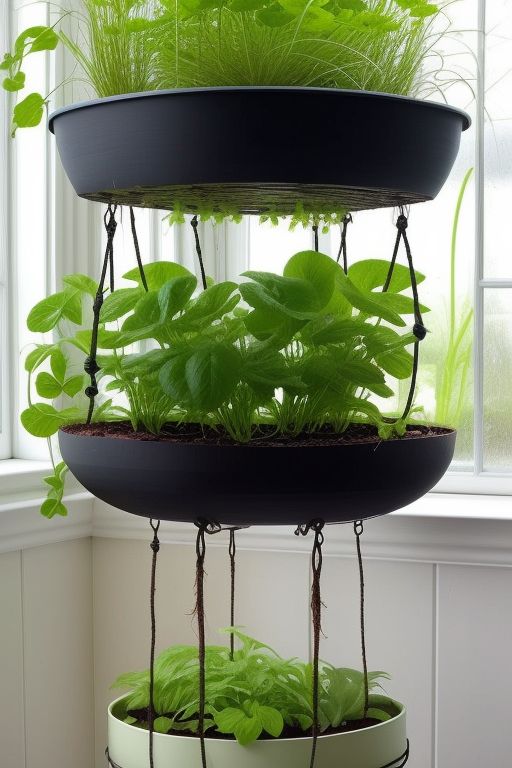
This system is often used for growing leafy greens and herbs, which thrive in water-based environments. Floating gardens are easy to set up and maintain, and they look great on patios, decks, or balconies.
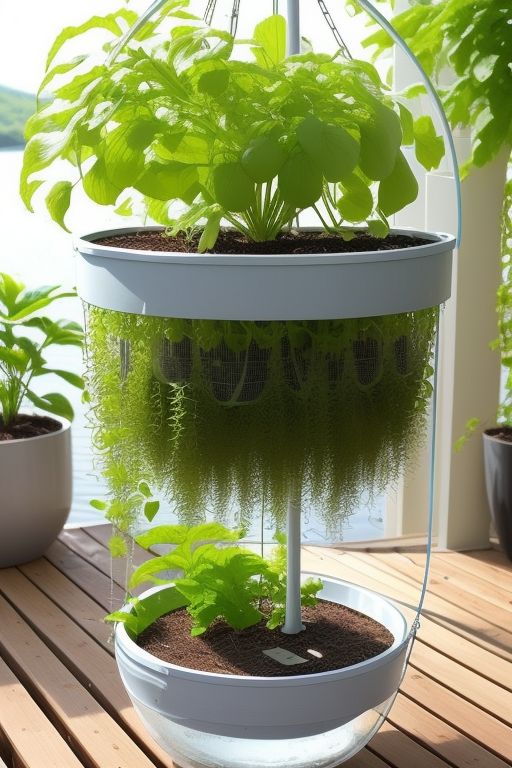
With proper care, this system can be an attractive addition to your outdoor garden or home.
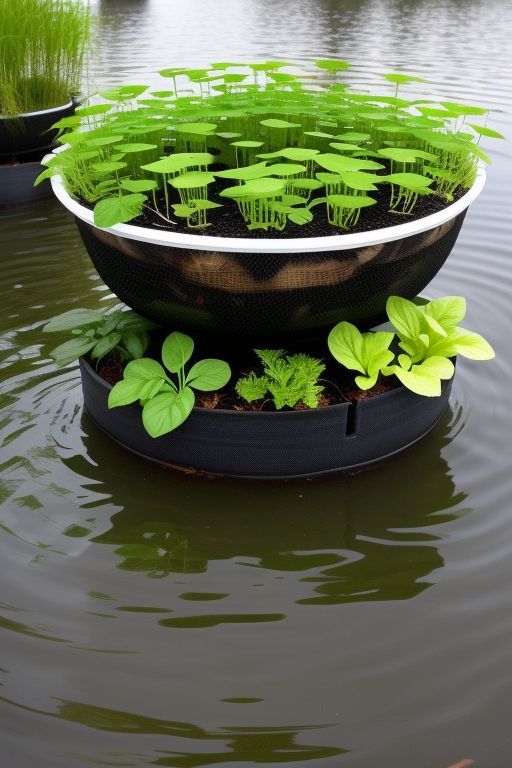
19. DIY Hydroponic Cinder Block System: Strong and Sturdy
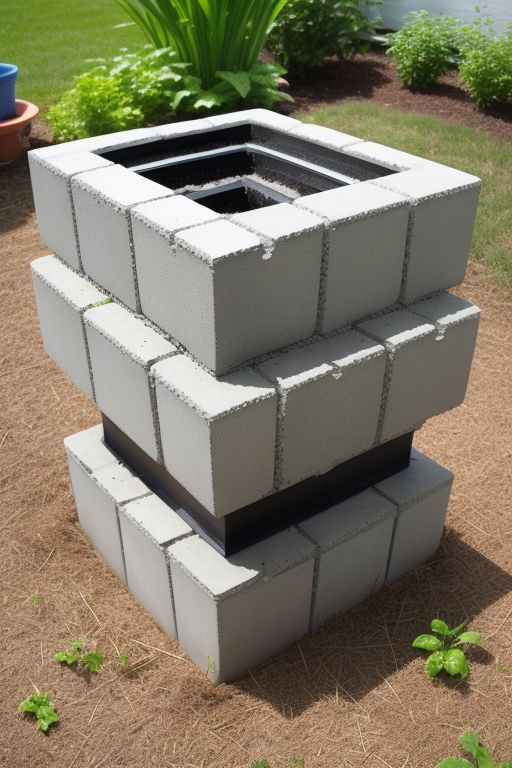
A cinder block hydroponics system makes use of the structure and weight of cinder blocks to build a sturdy base for your plants. These blocks can be arranged to form a raised bed, with the interior filled with nutrient-rich solution.
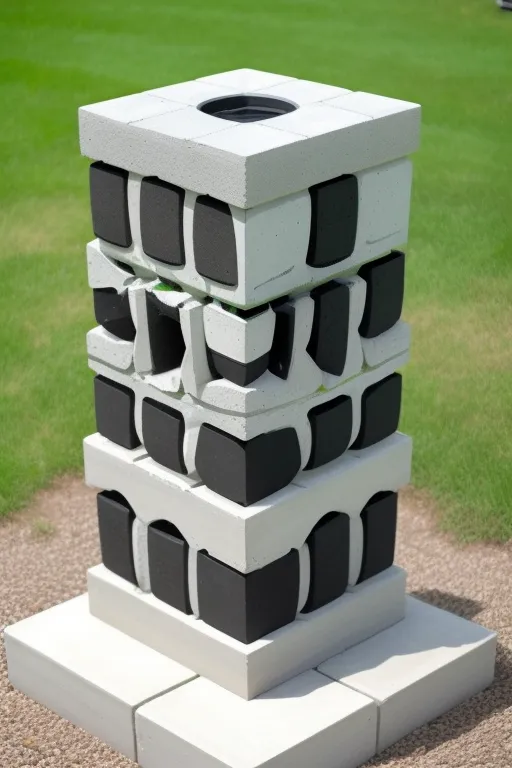
The holes in the cinder blocks are perfect for placing your plant containers, allowing the roots to soak up nutrients while being supported. This setup works well for growing small vegetables, herbs, and flowers.
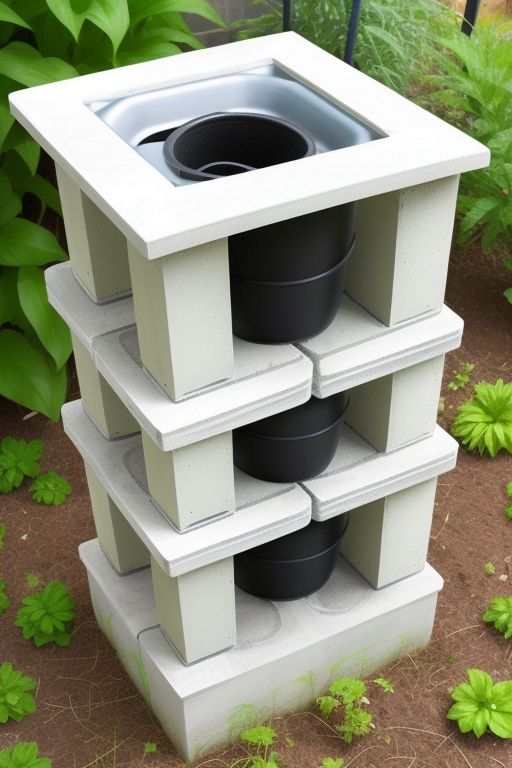
This system is relatively easy to construct and offers a robust, long-lasting solution for hydroponic gardening.
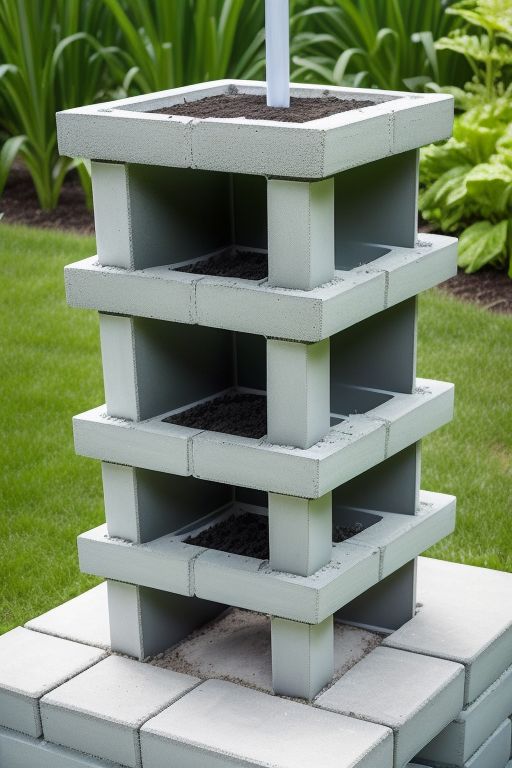
20. DIY Deep Water Culture (DWC) Tote System
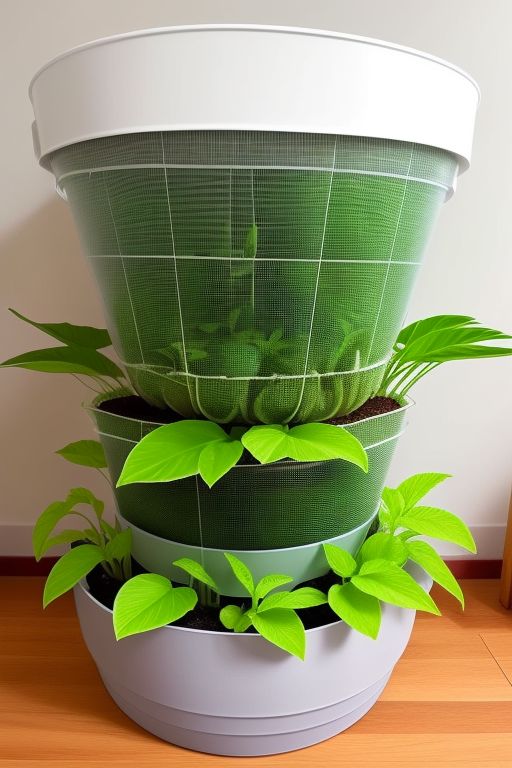
A simple and cost-effective way to build a DWC system is by using a plastic storage tote. This setup involves filling the tote with nutrient solution and placing your plants in net pots, allowing the roots to be submerged in the water.
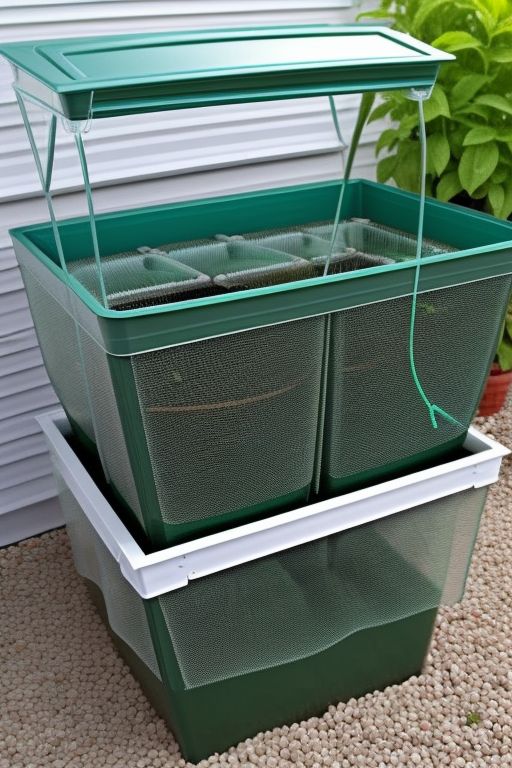
The tote system provides a stable environment for the plants and is easy to set up. To ensure that your plants have access to oxygen, use an air pump and stone to aerate the water.
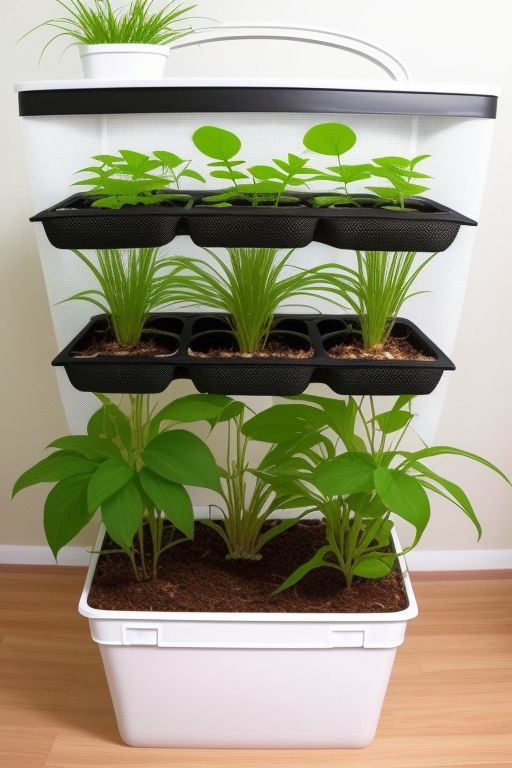
The DWC tote system works well for growing leafy greens, herbs, and other small to medium-sized plants.
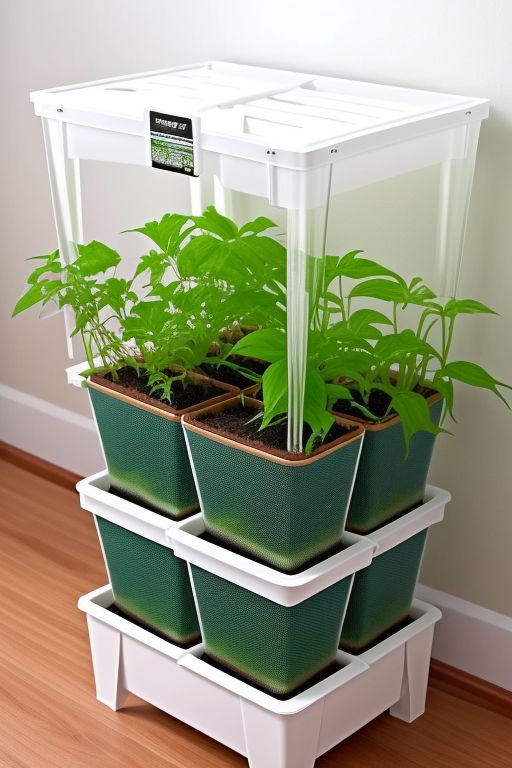
21. DIY Hydroponic Mushroom Garden: Unique and Exciting
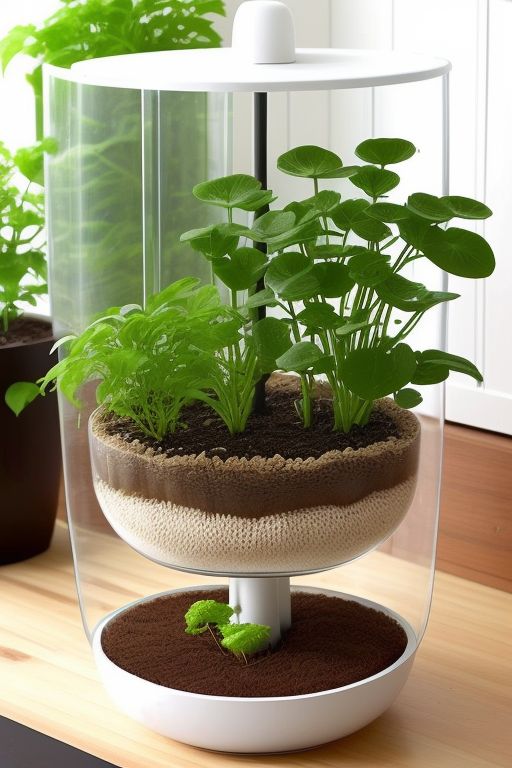
While not typically grown in hydroponic systems, mushrooms can be cultivated using hydroponics with a little creativity. DIY hydroponic mushroom gardens use a simple system of nutrient-rich water and growing mediums like coconut coir or perlite to help mushrooms thrive.
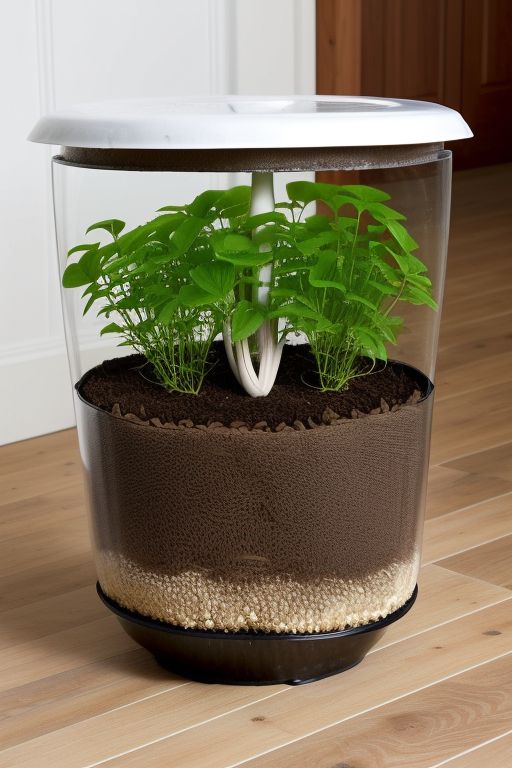
Mushrooms need moisture, but they do not require light. This makes a hydroponic mushroom system ideal for growing in dark, cool spaces like basements or closets.
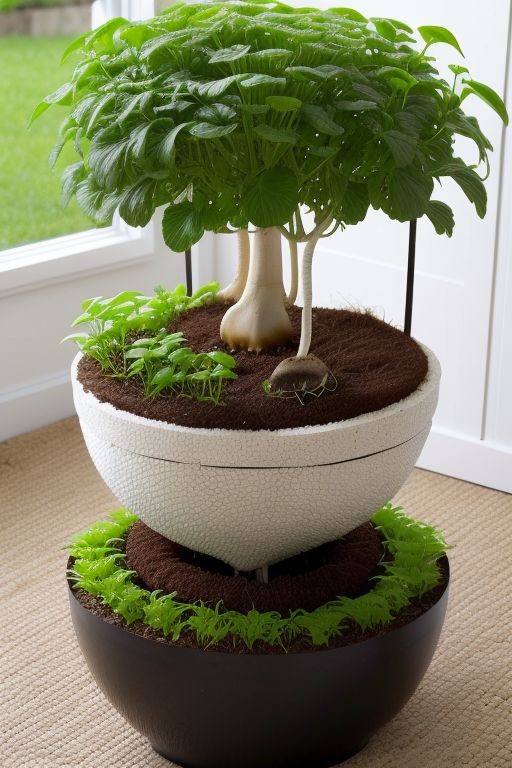
This setup is a fun and unique way to grow a crop that you can eat and enjoy, adding variety to your hydroponic gardening journey.
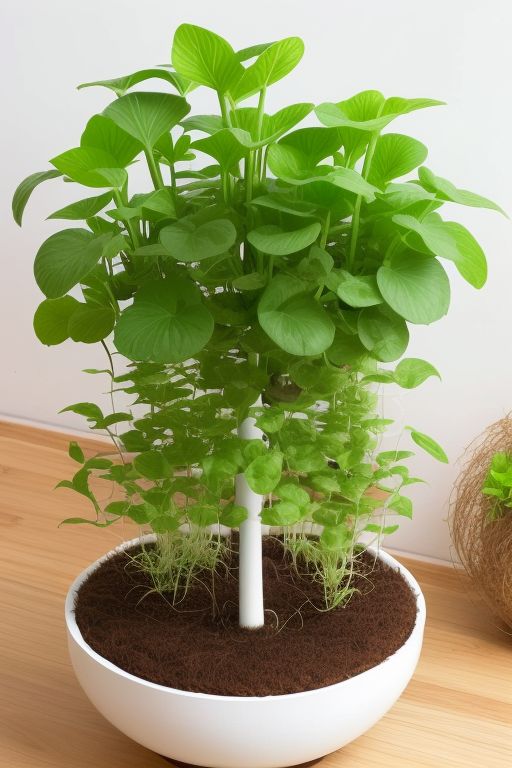
Conclusion: Start Your Hydroponic Gardening Journey Today
Hydroponics offers a fantastic opportunity for growing fresh, healthy plants at home, regardless of space limitations or soil quality. Whether you’re working with a small balcony or an entire greenhouse, there’s a hydroponic system that fits your needs.
From vertical towers to DIY PVC pipe systems, the options are endless, allowing you to experiment and find what works best for your lifestyle and gardening goals. Plus, hydroponic systems are eco-friendly, efficient, and can produce abundant harvests year-round.
By building one of these 21 DIY hydroponic systems, you’ll not only be able to grow delicious vegetables, herbs, and fruits, but you’ll also gain a sense of satisfaction knowing you’ve created something sustainable and productive from scratch.
So, get started today—pick a system that suits your space and budget, and start cultivating your hydroponic garden for a future full of fresh, homegrown produce!
